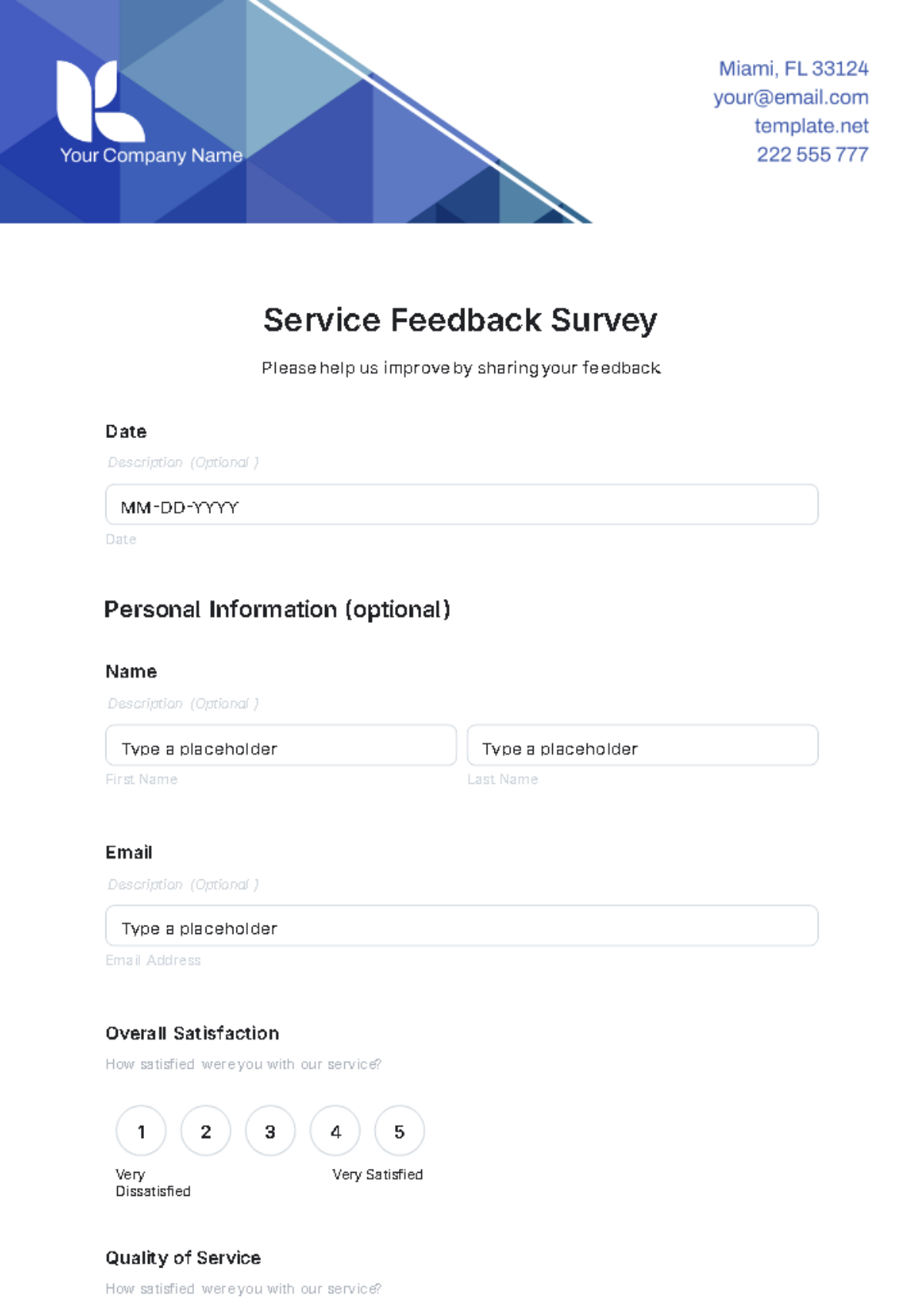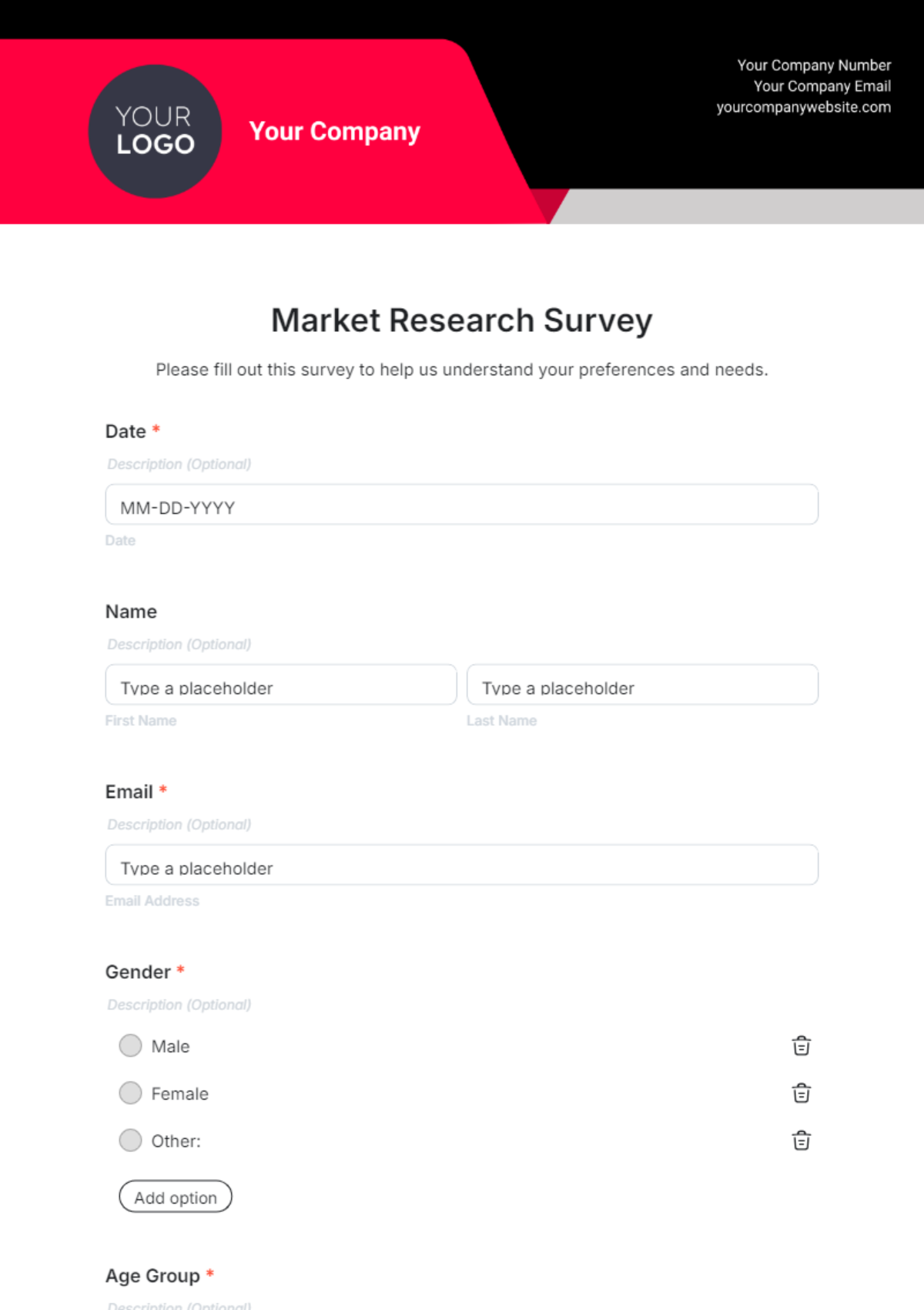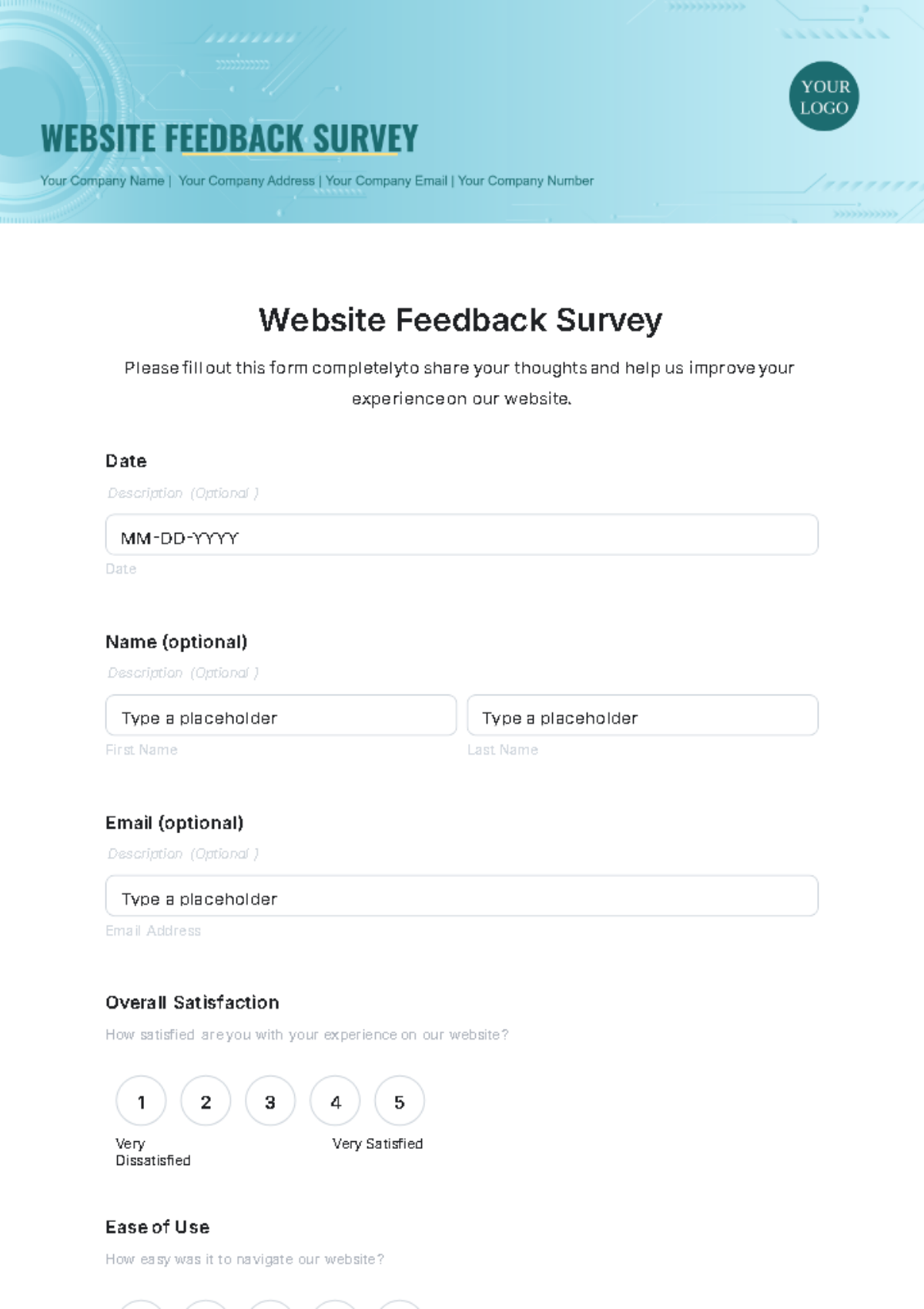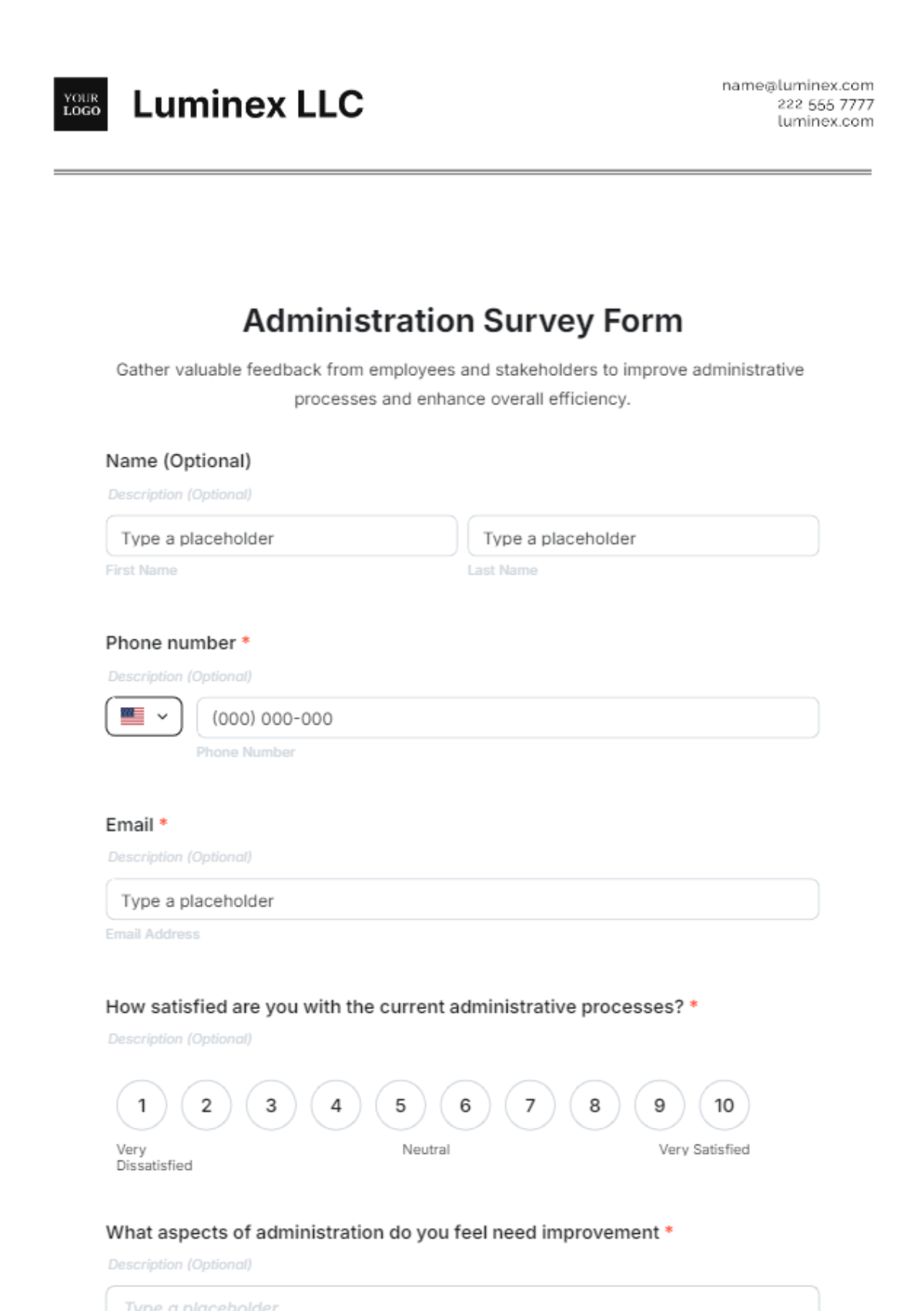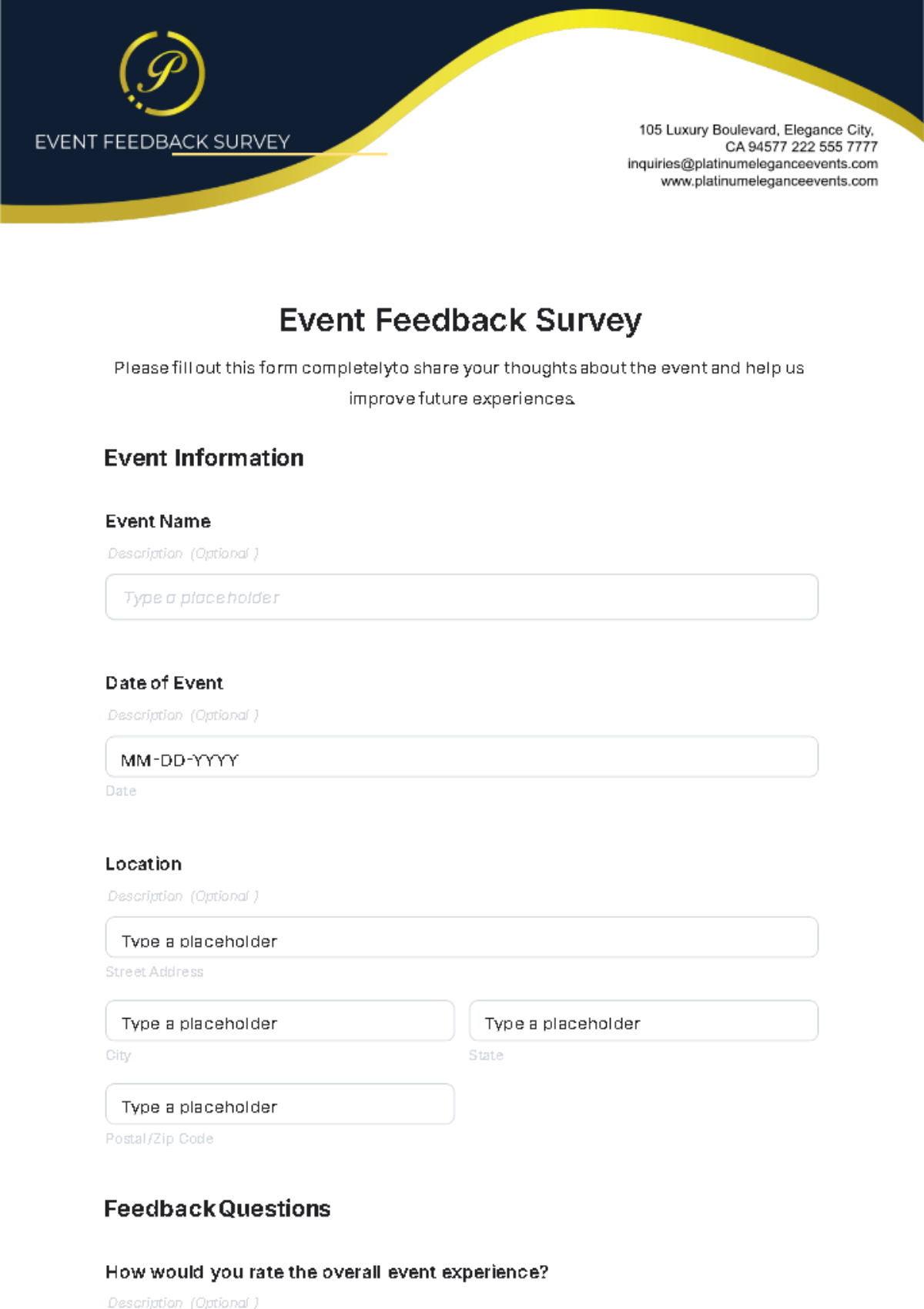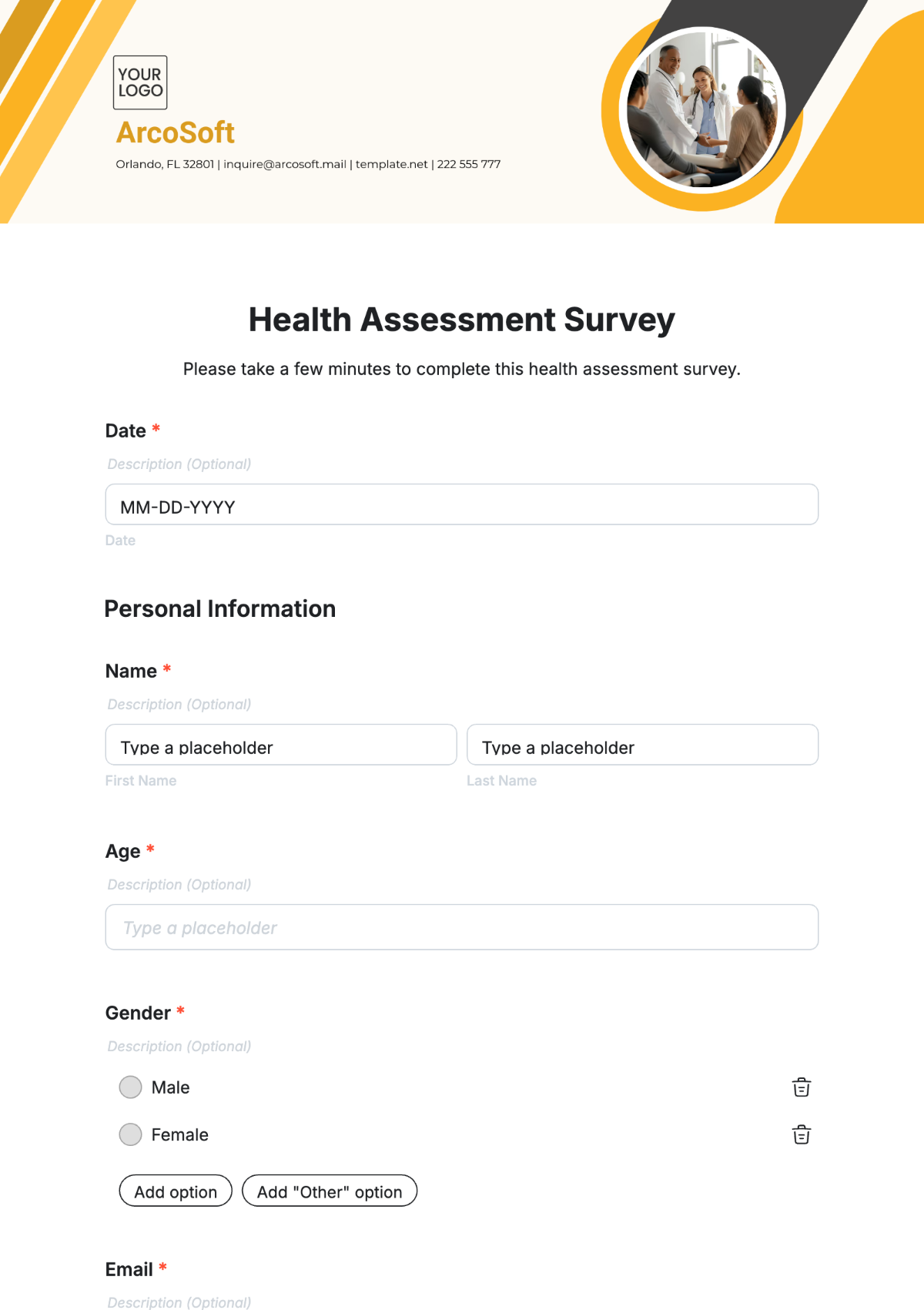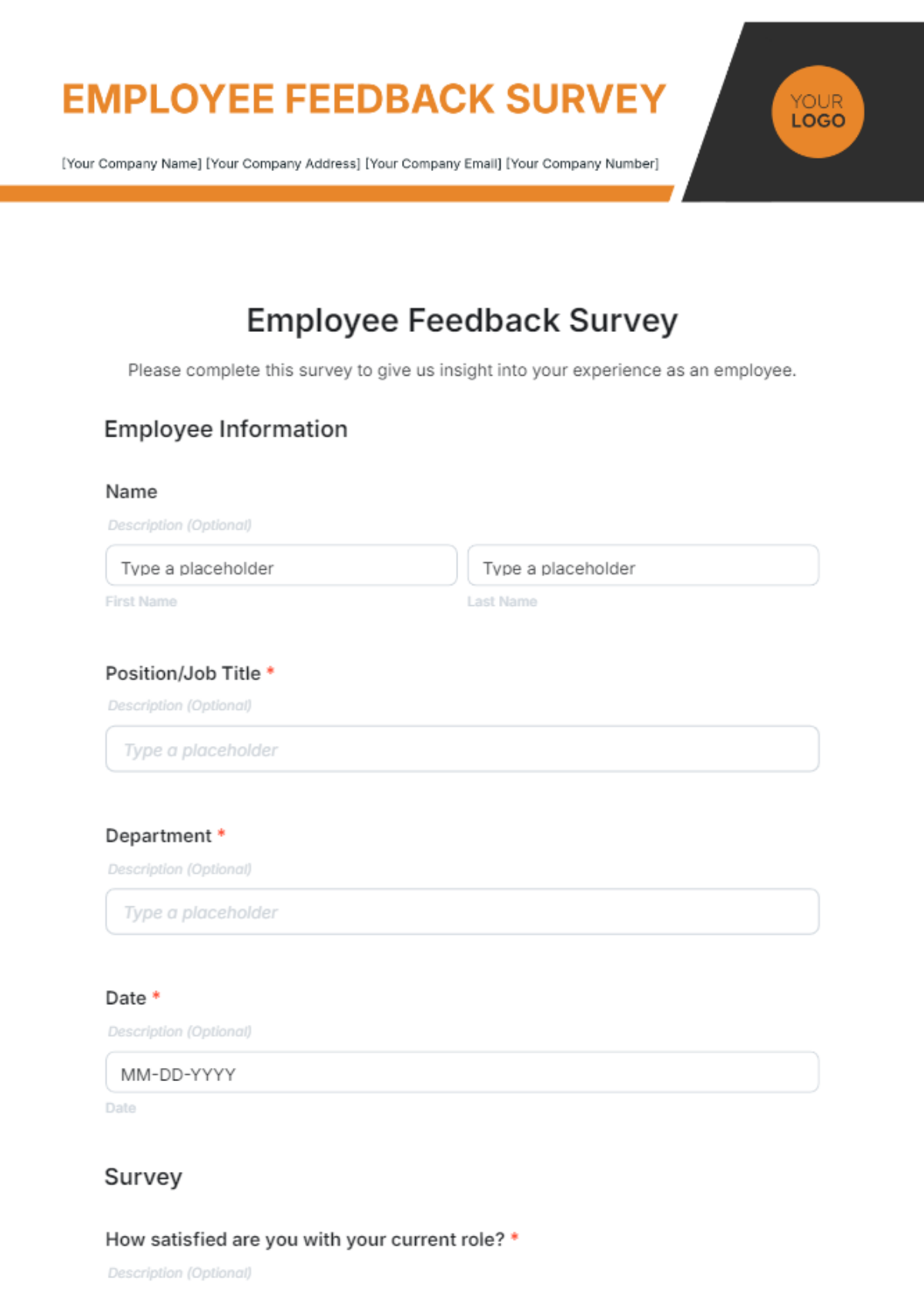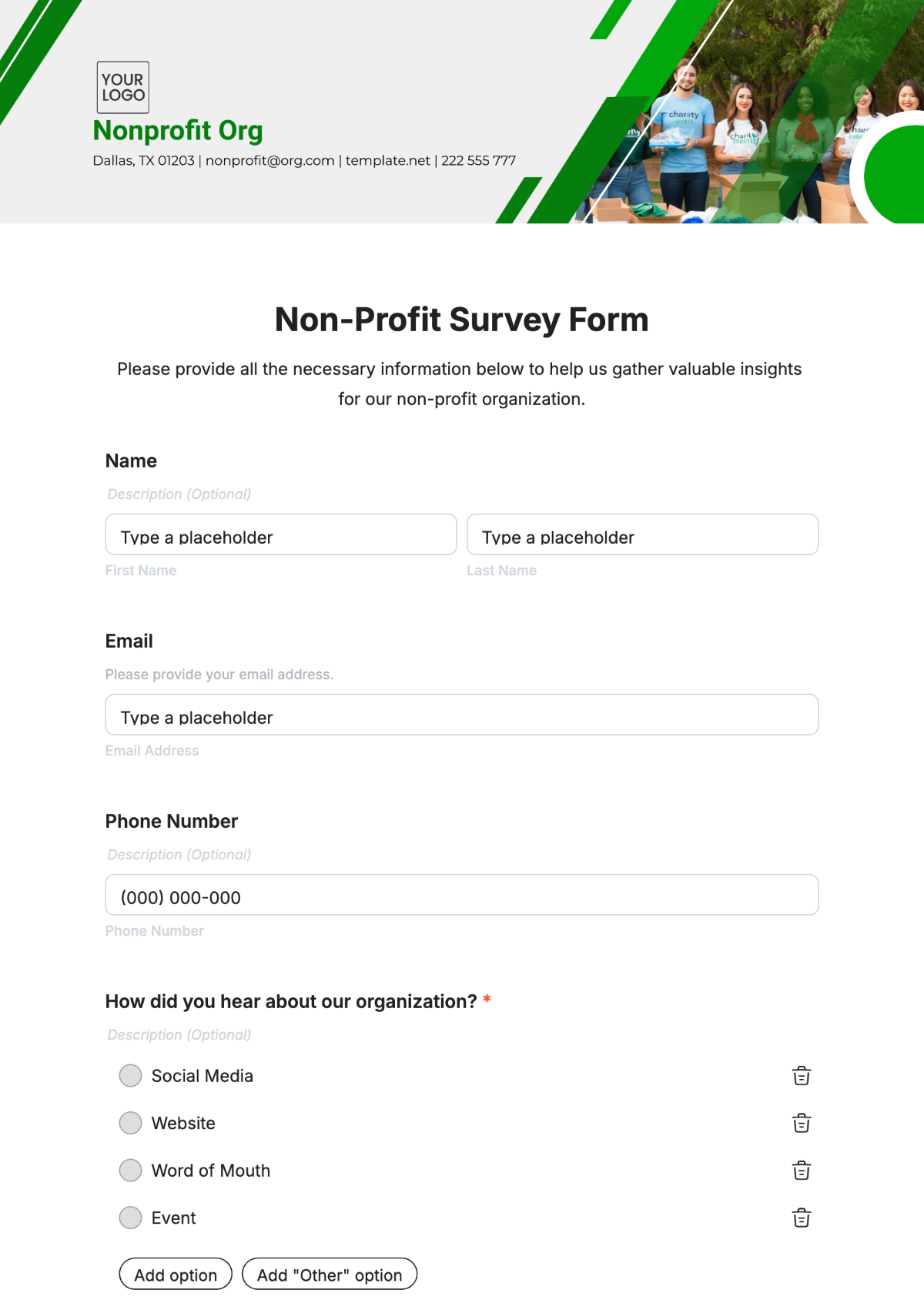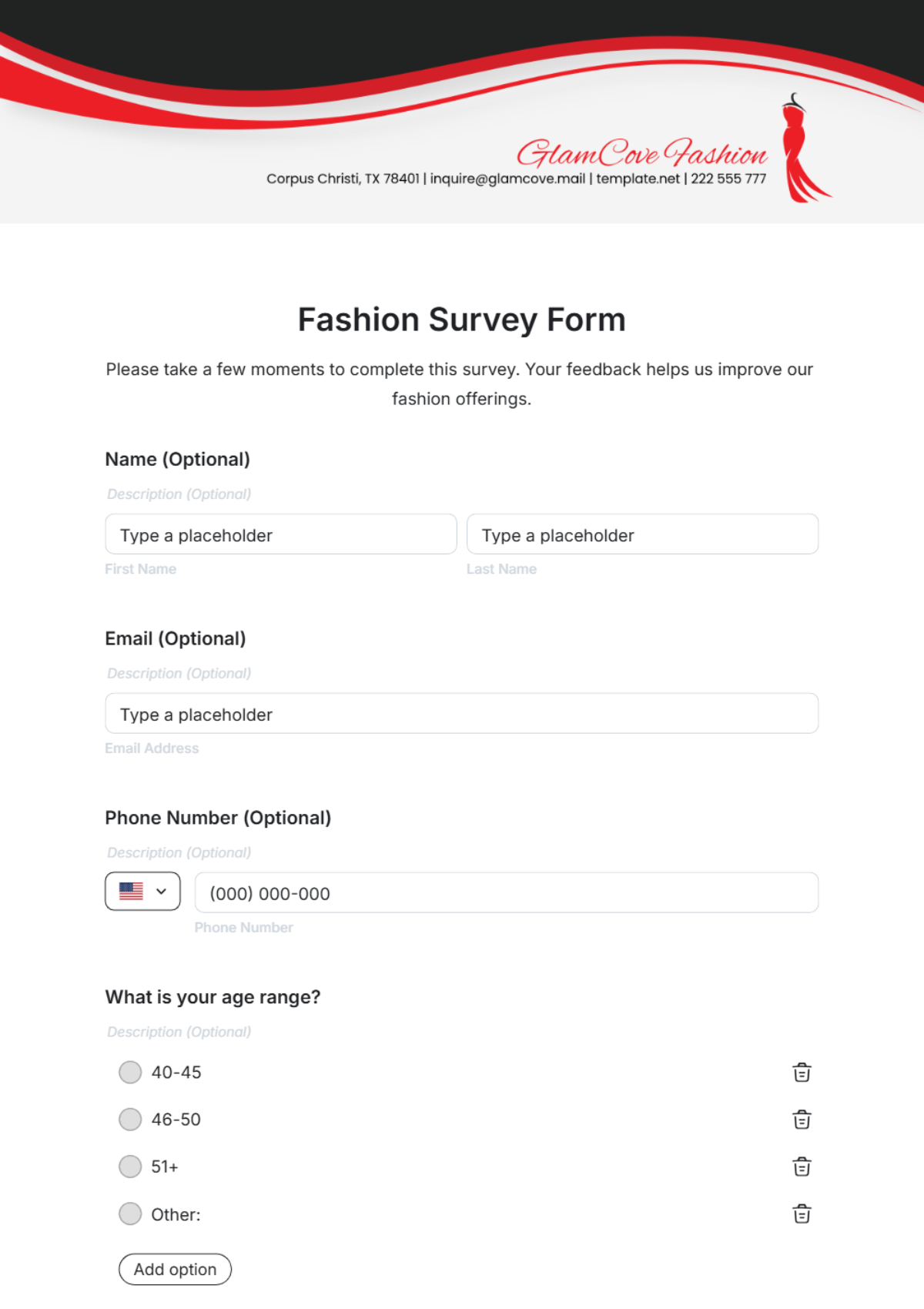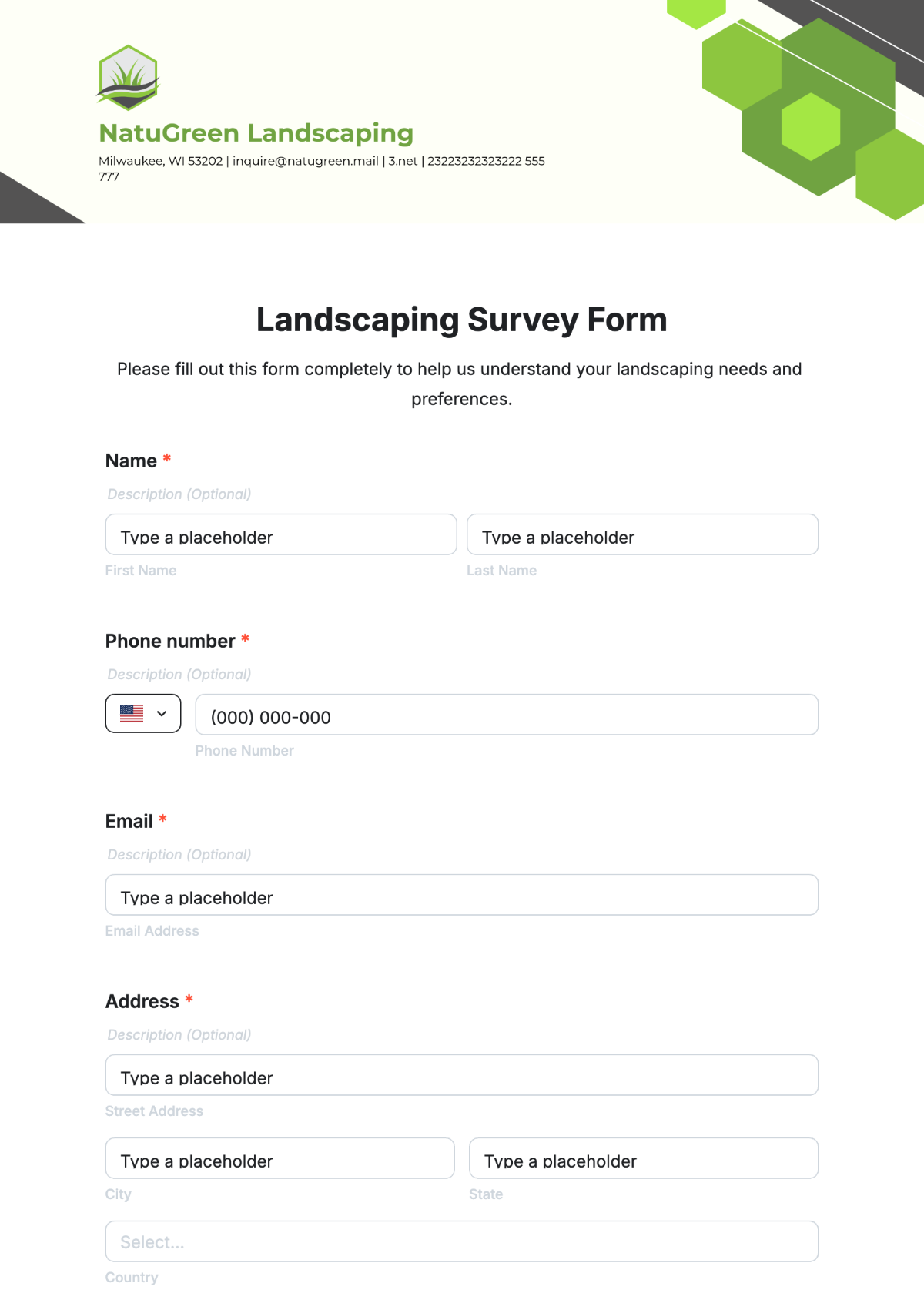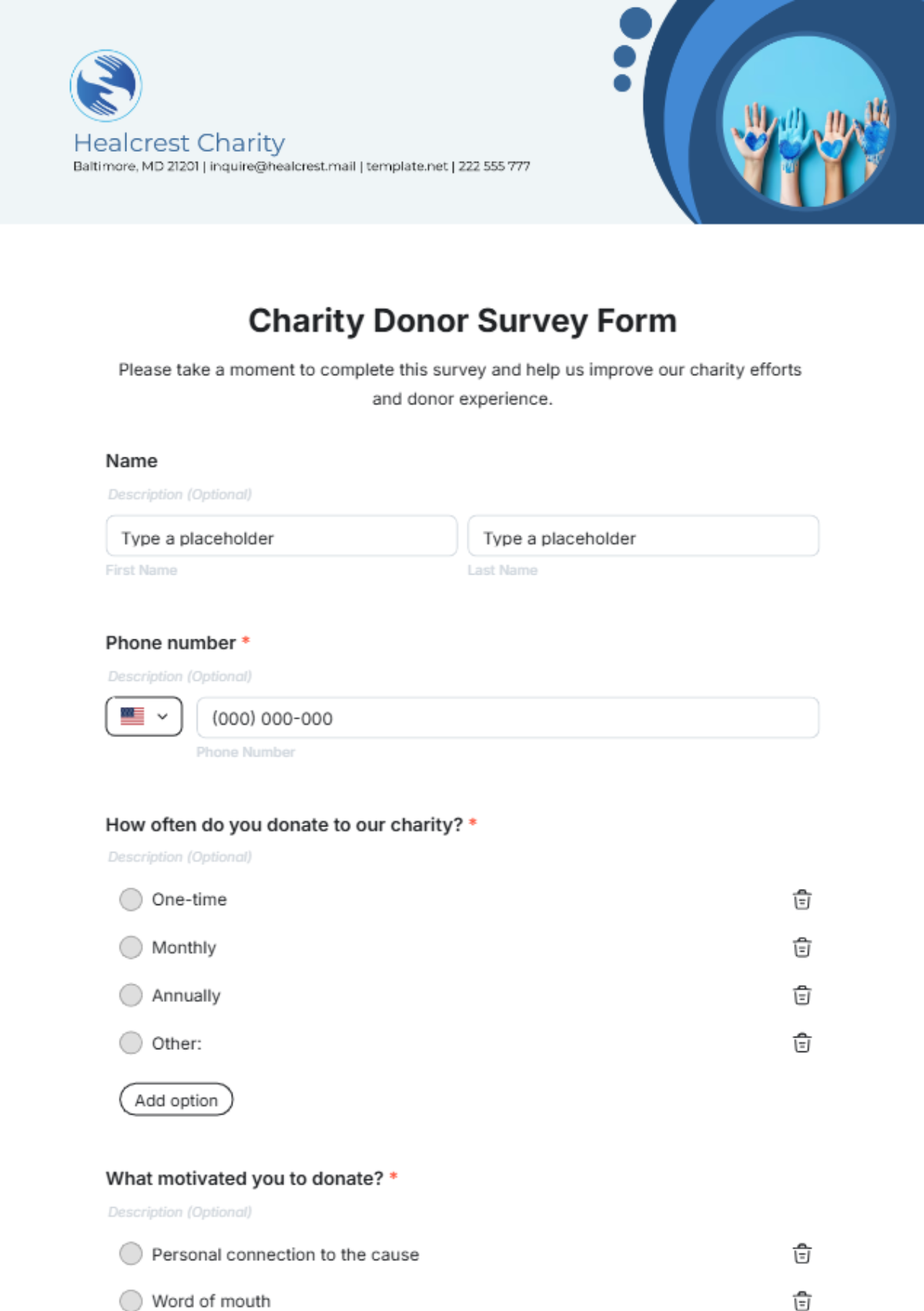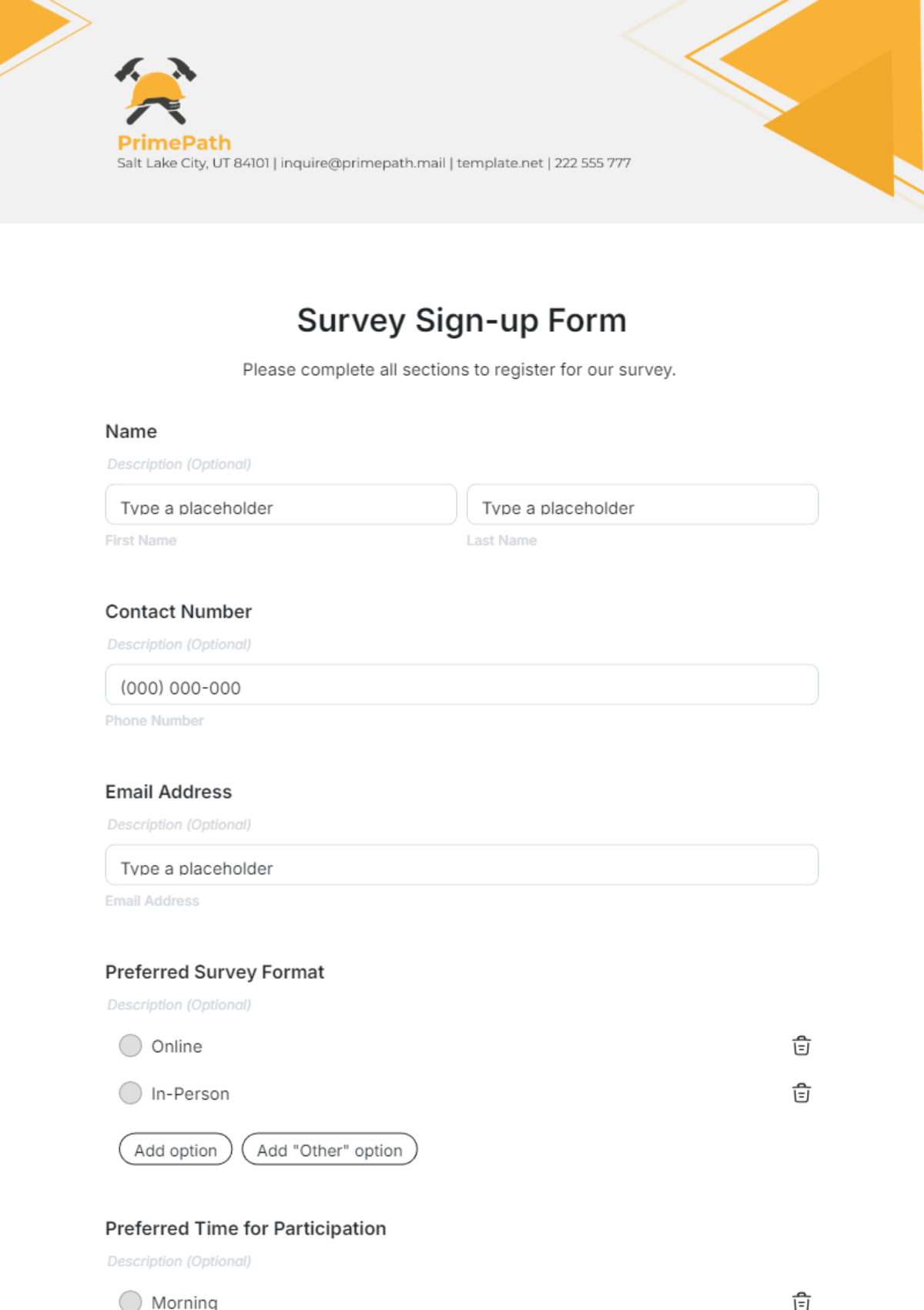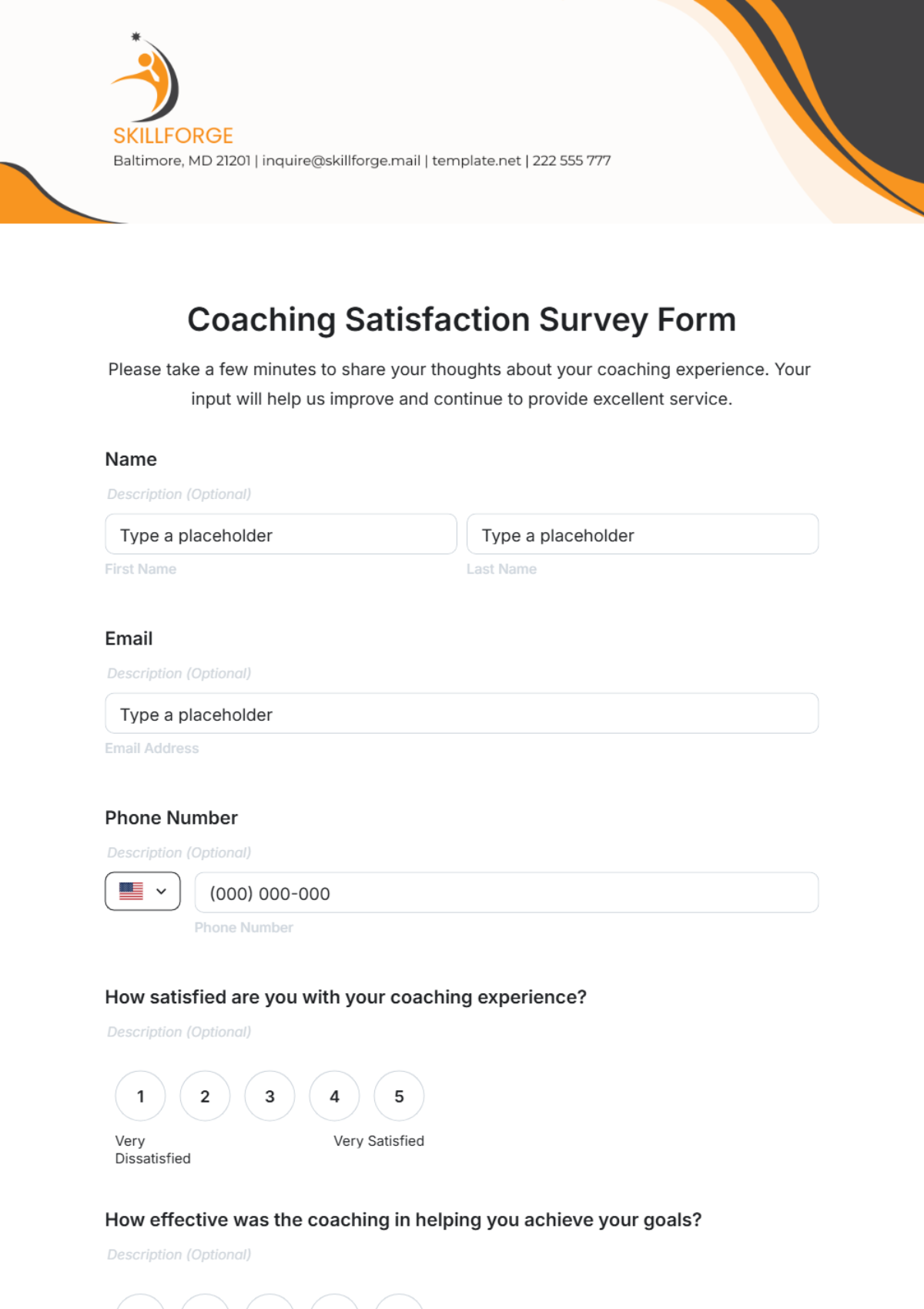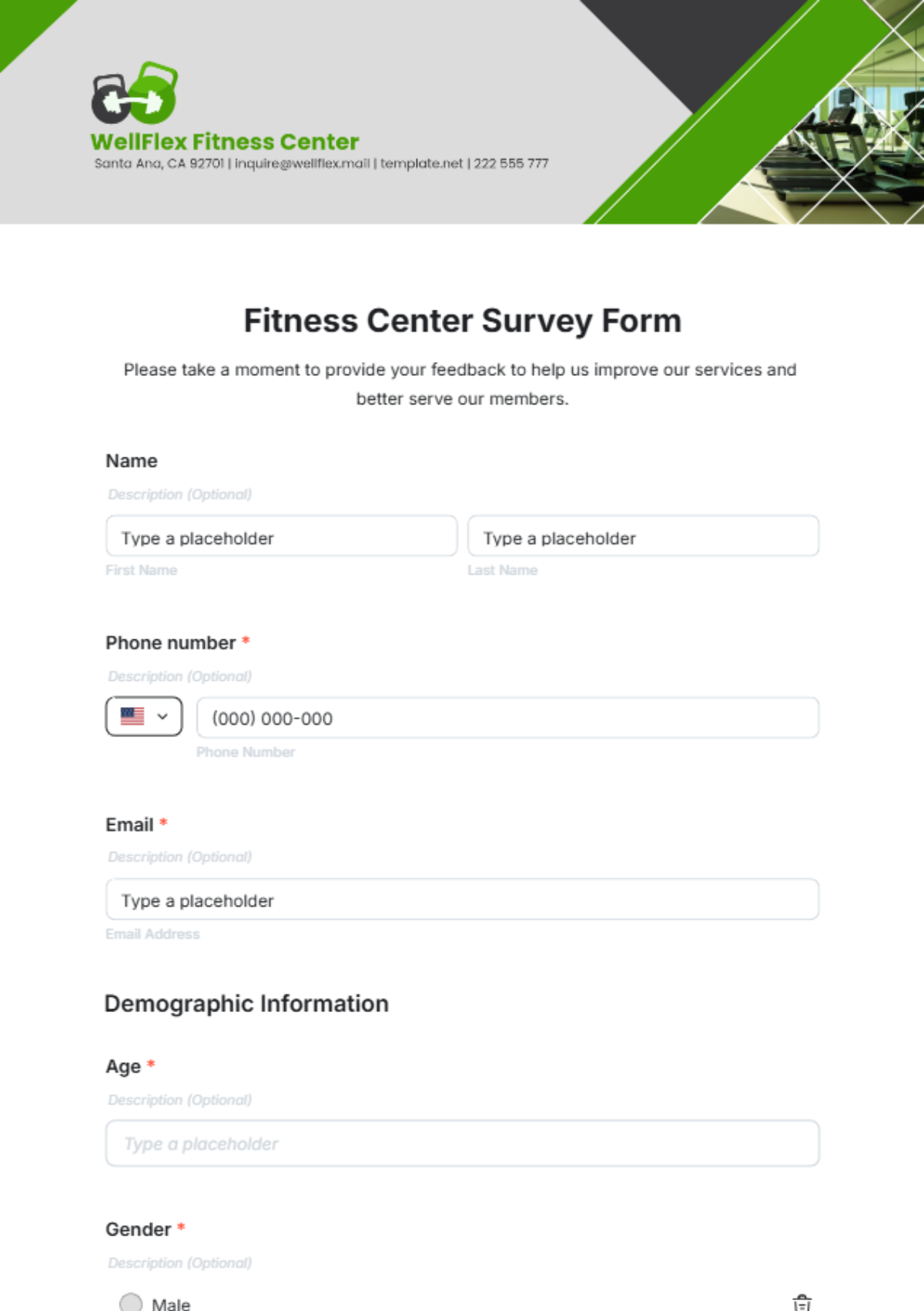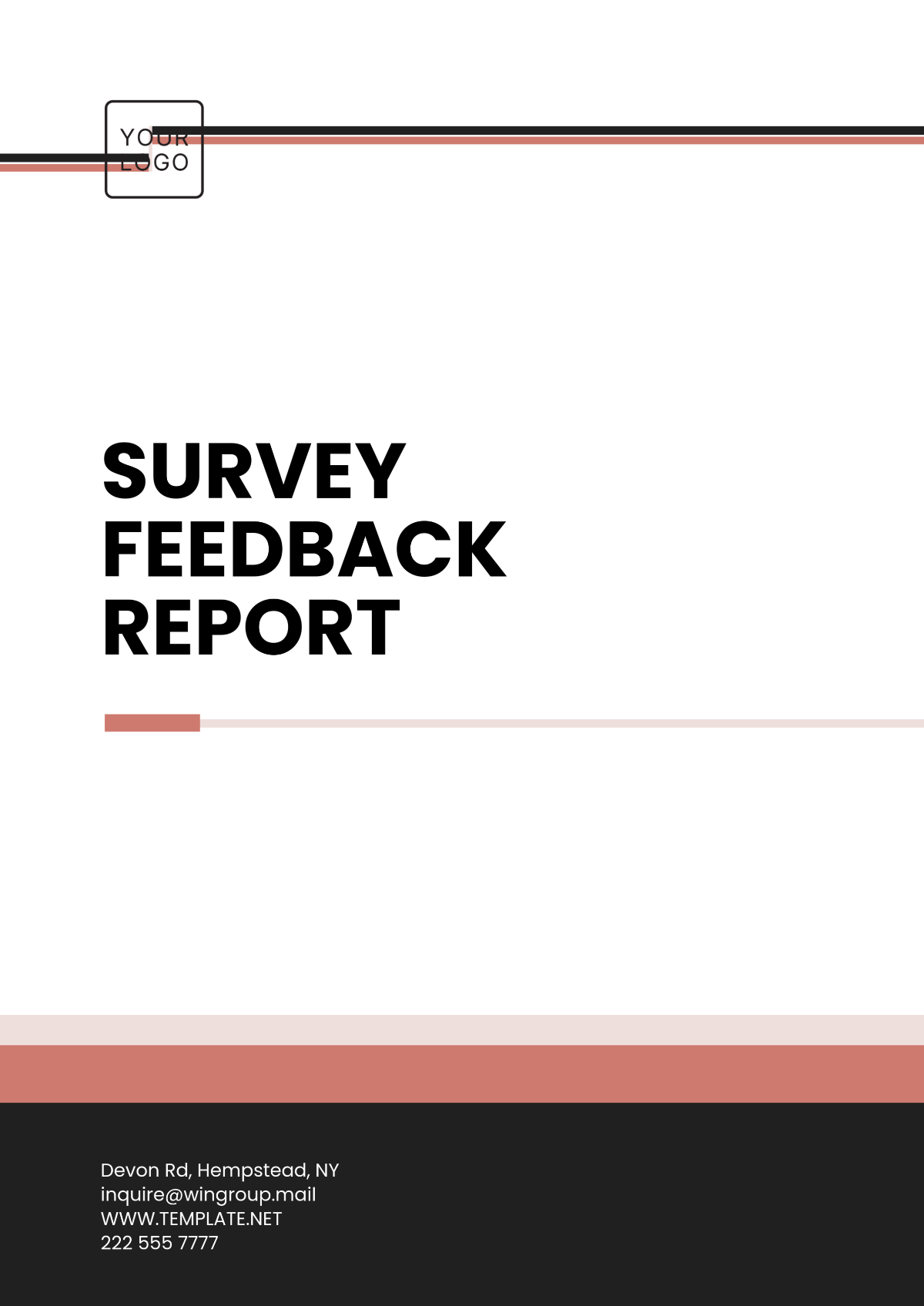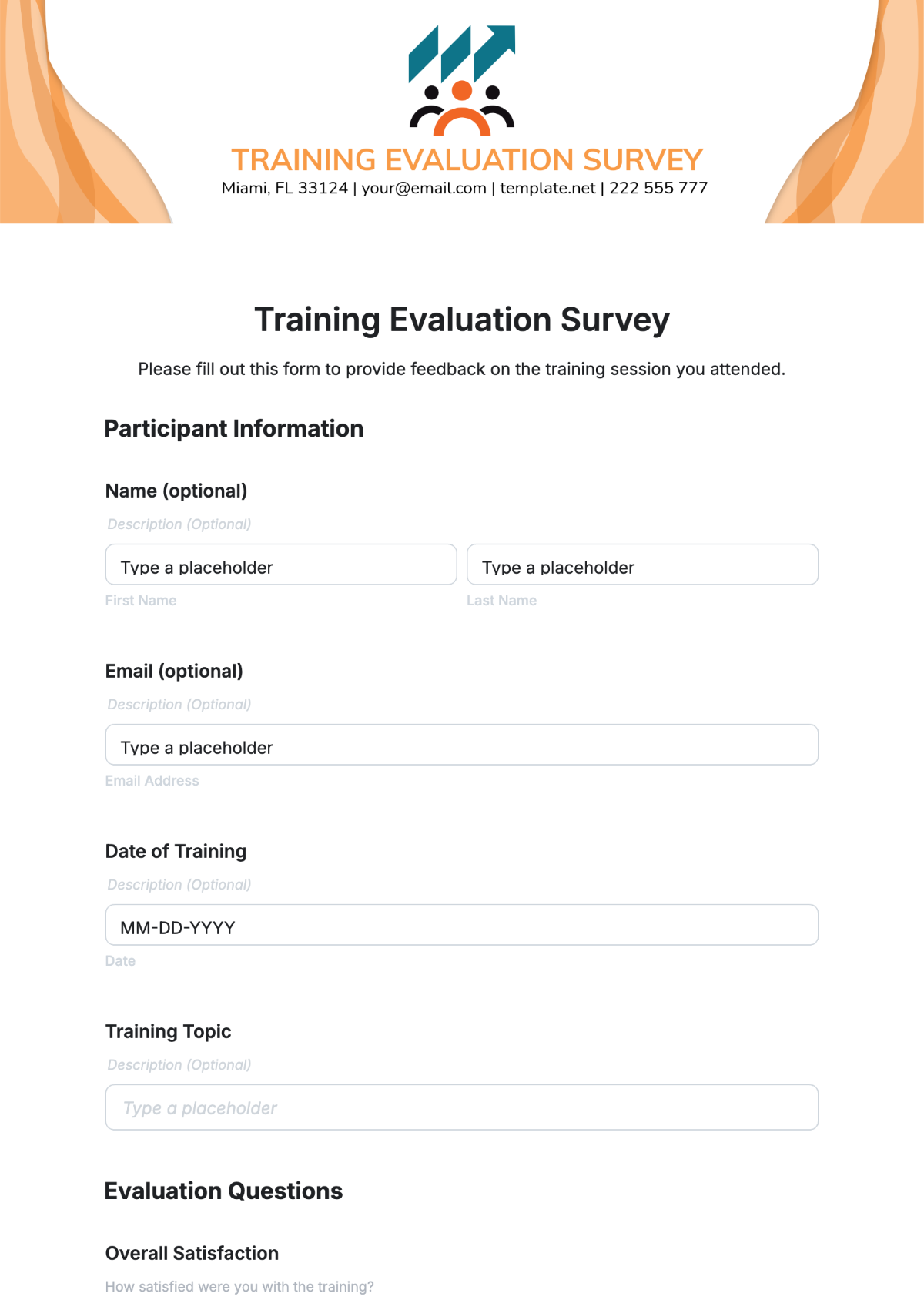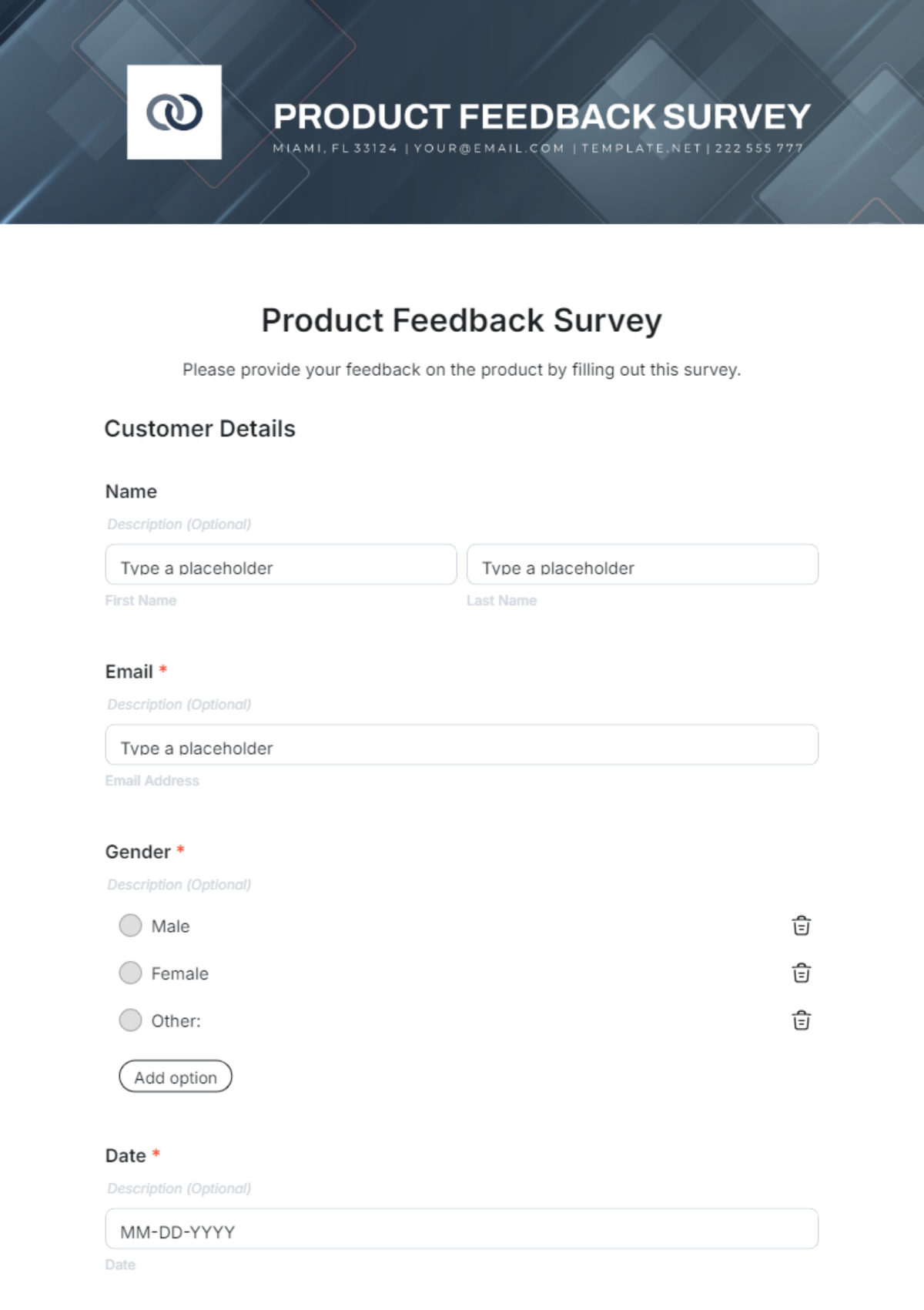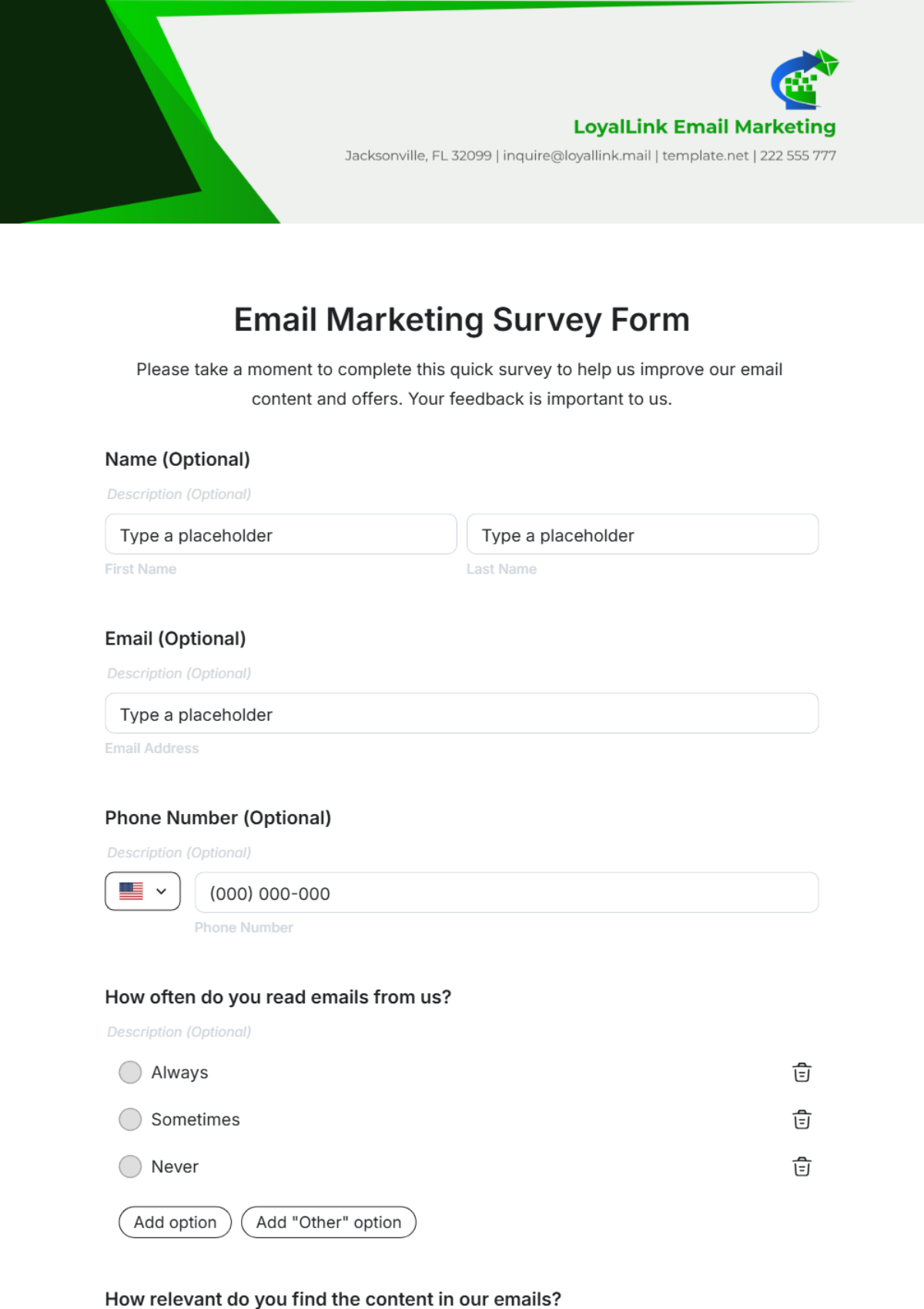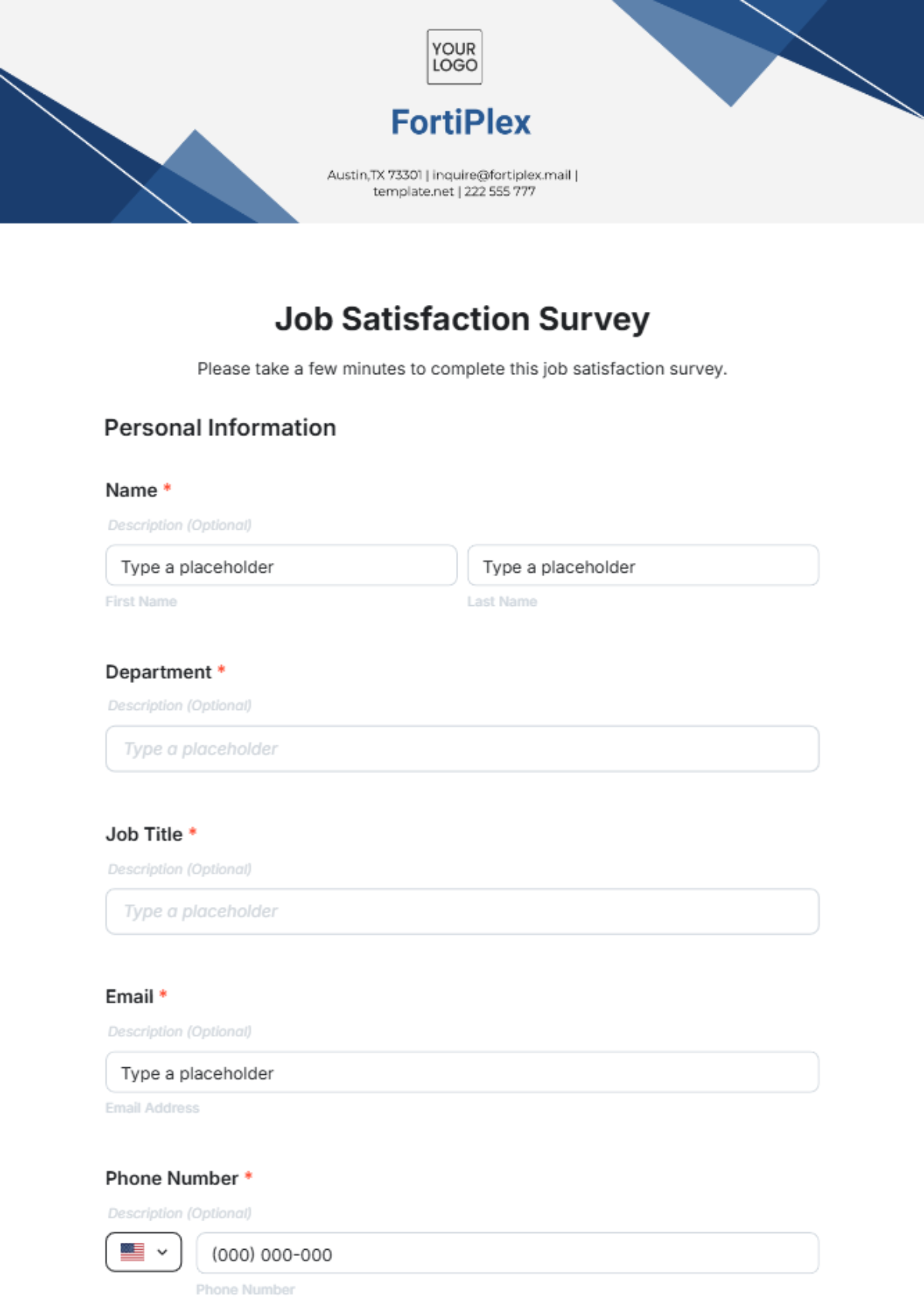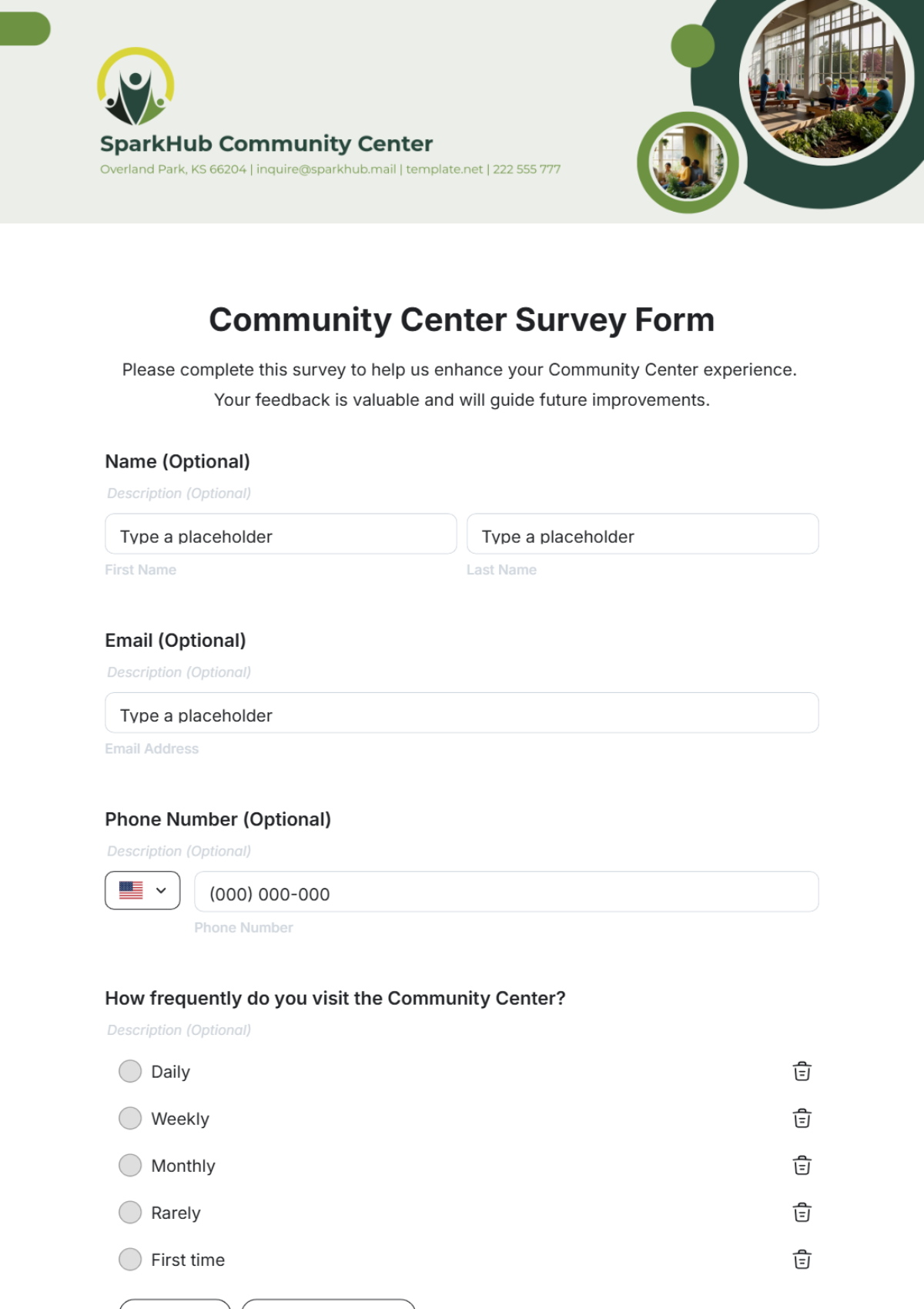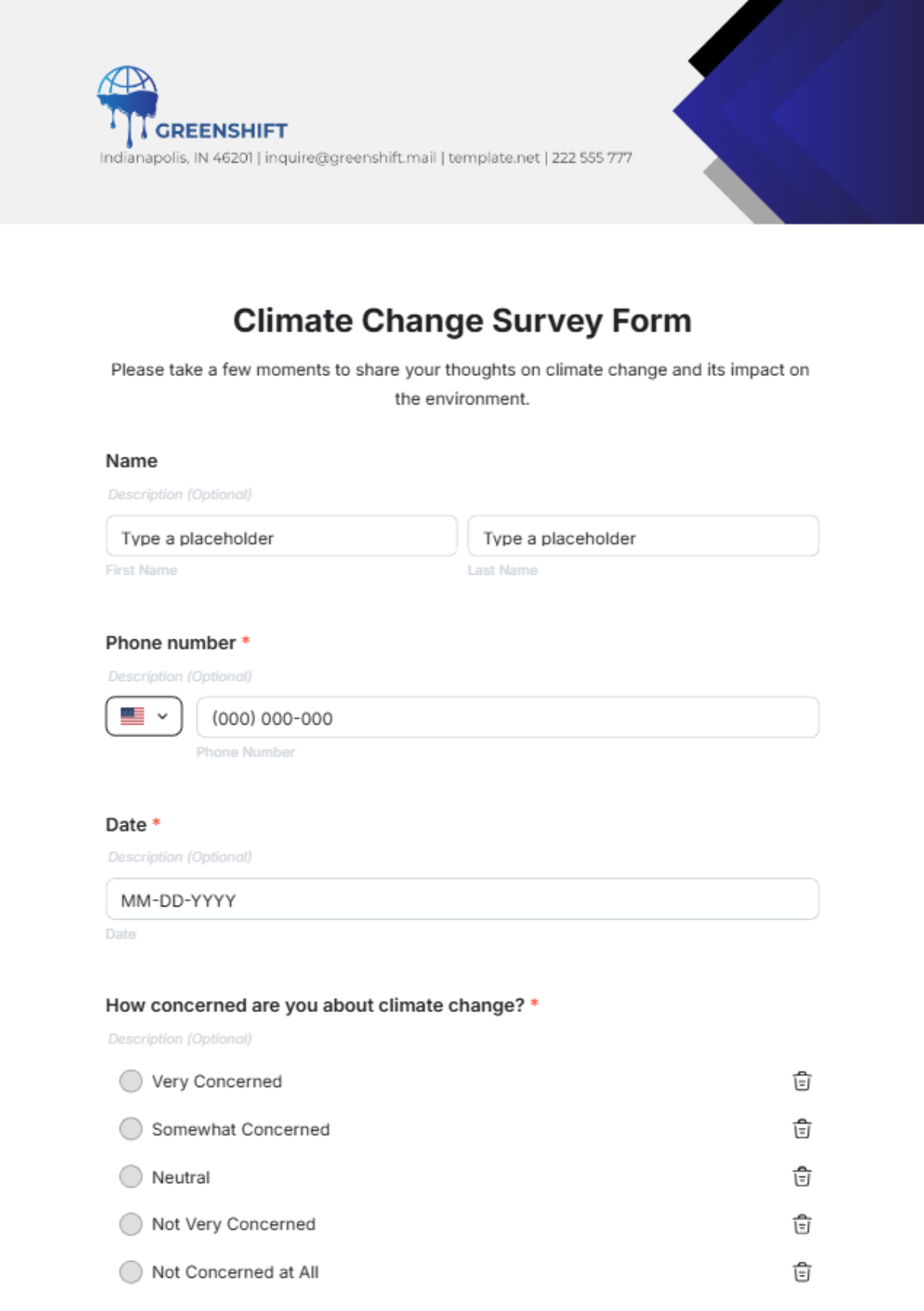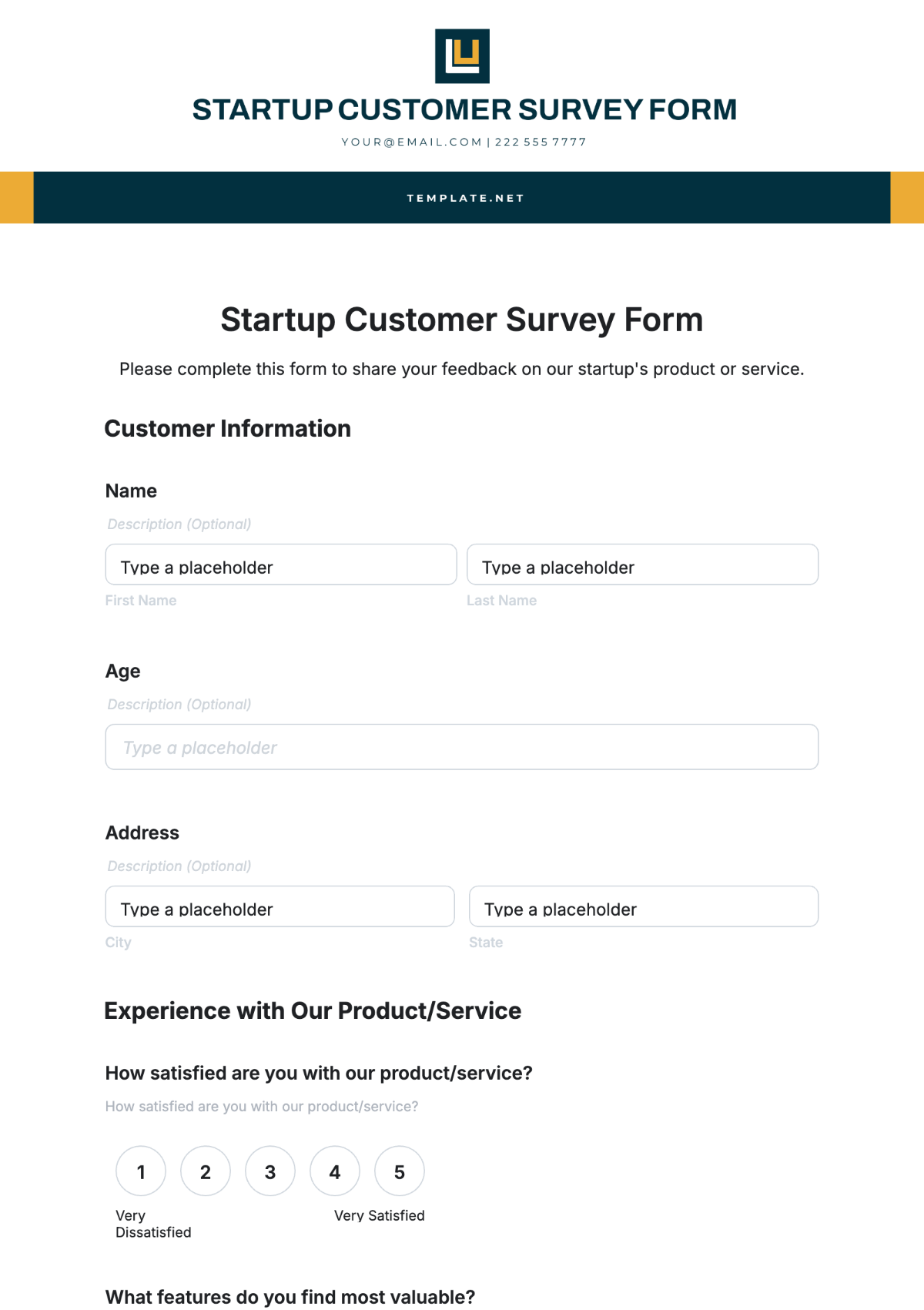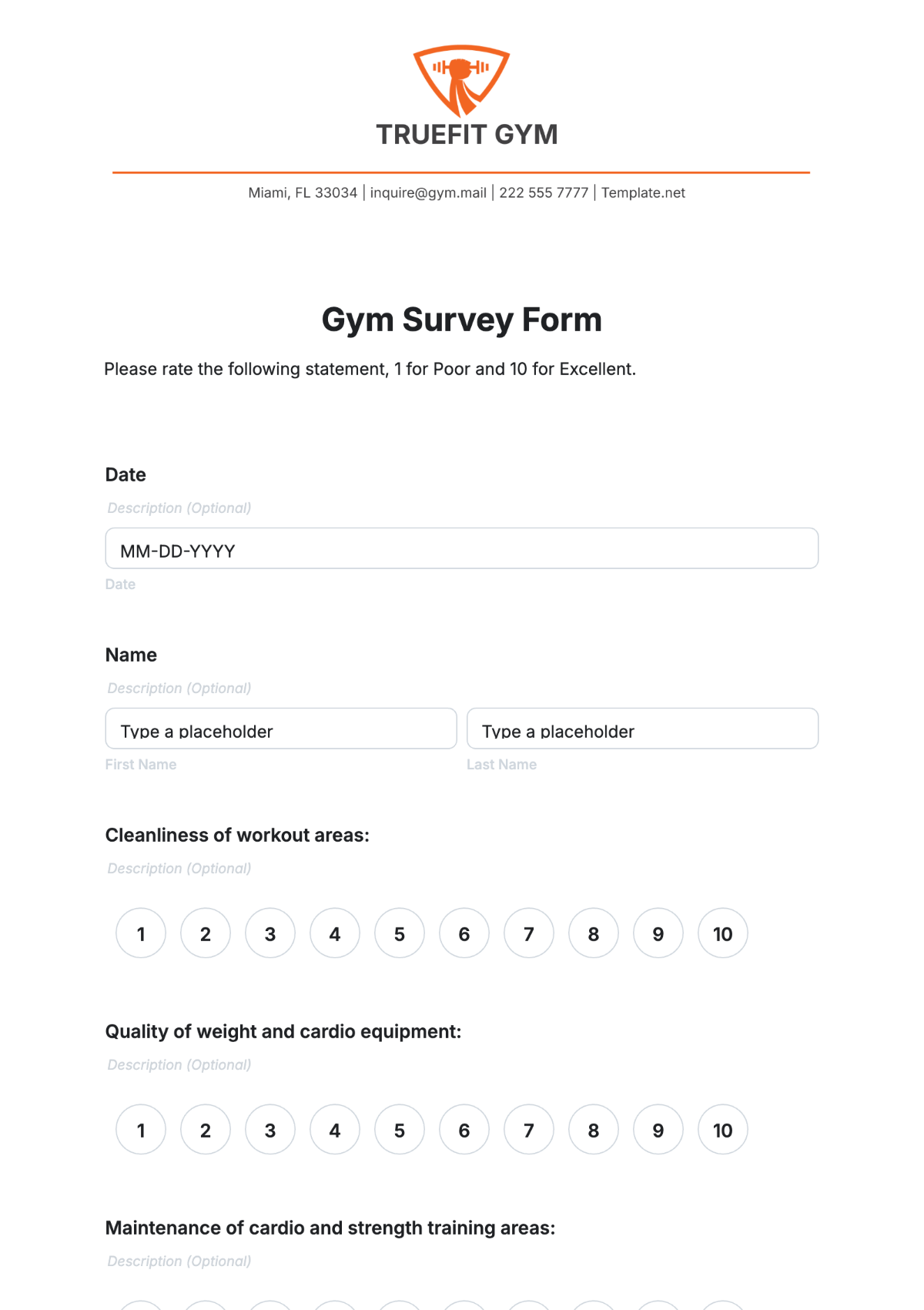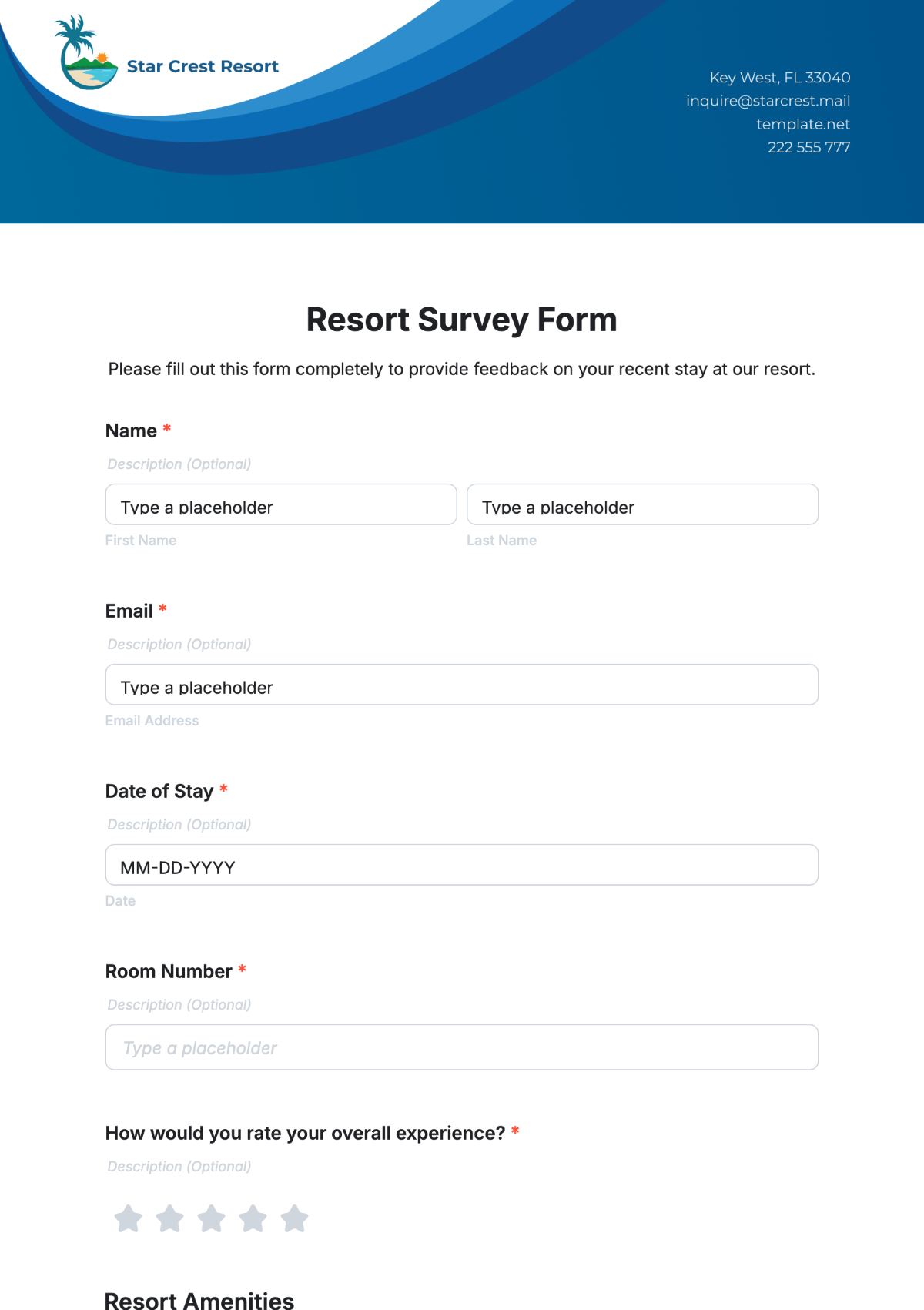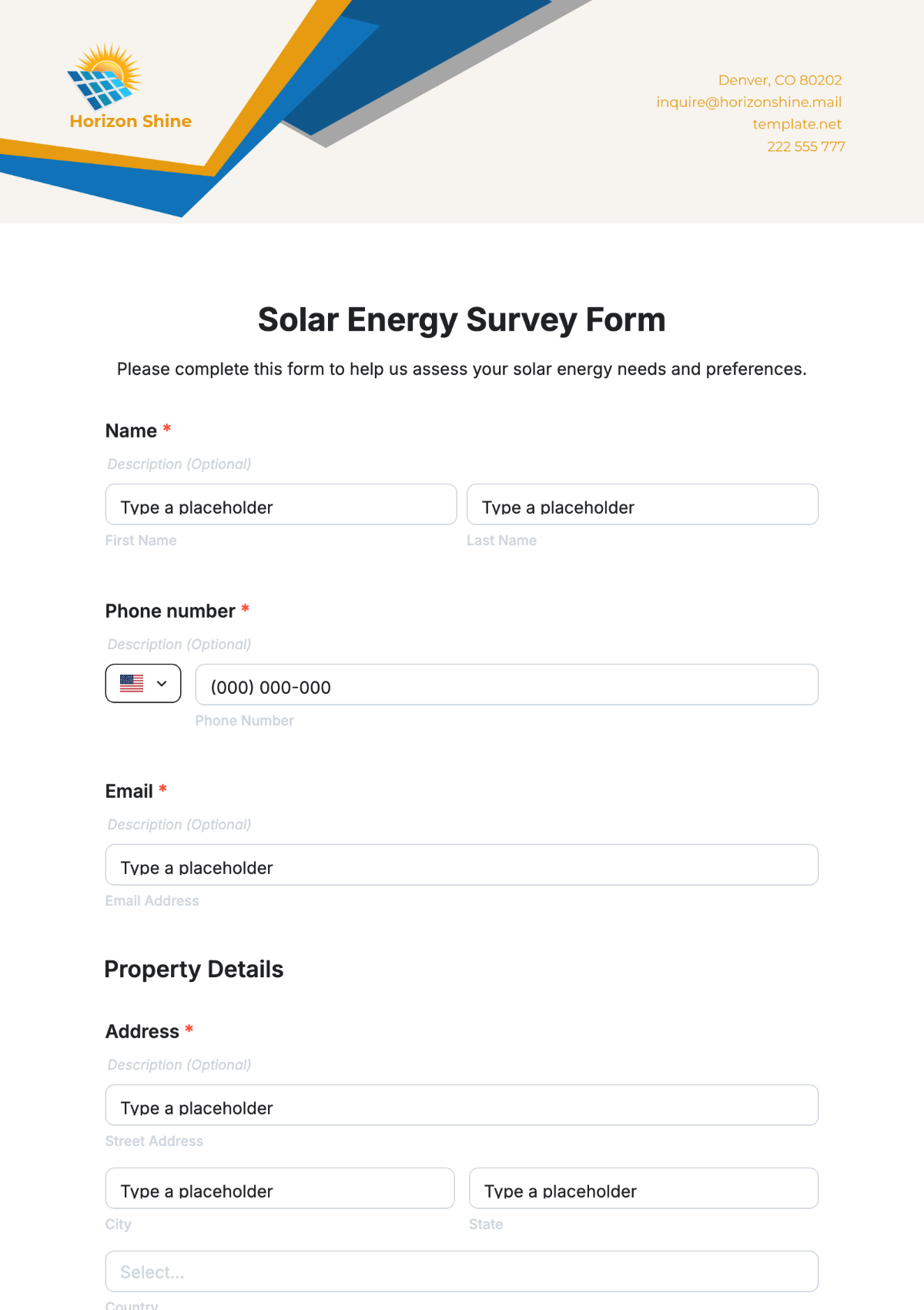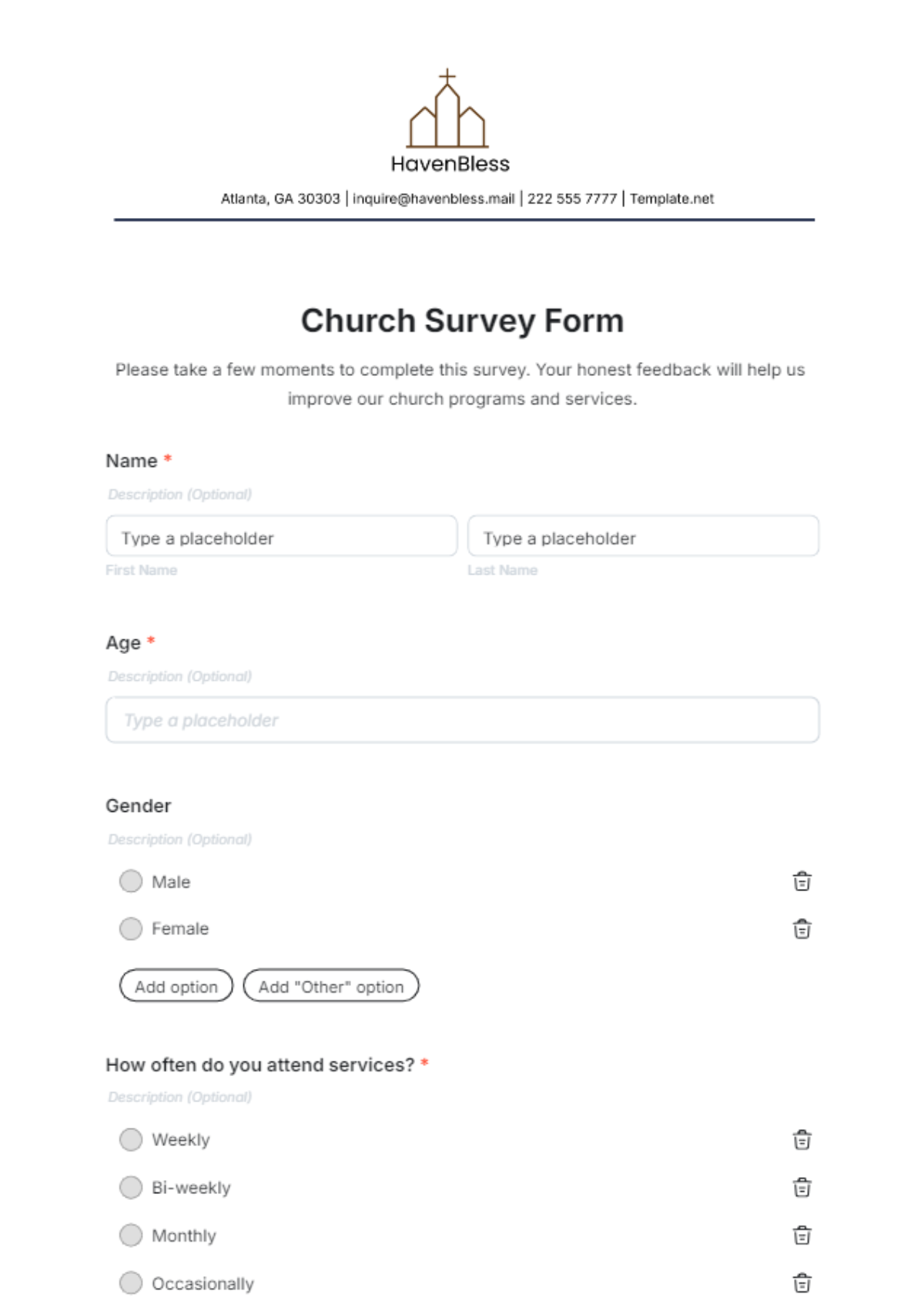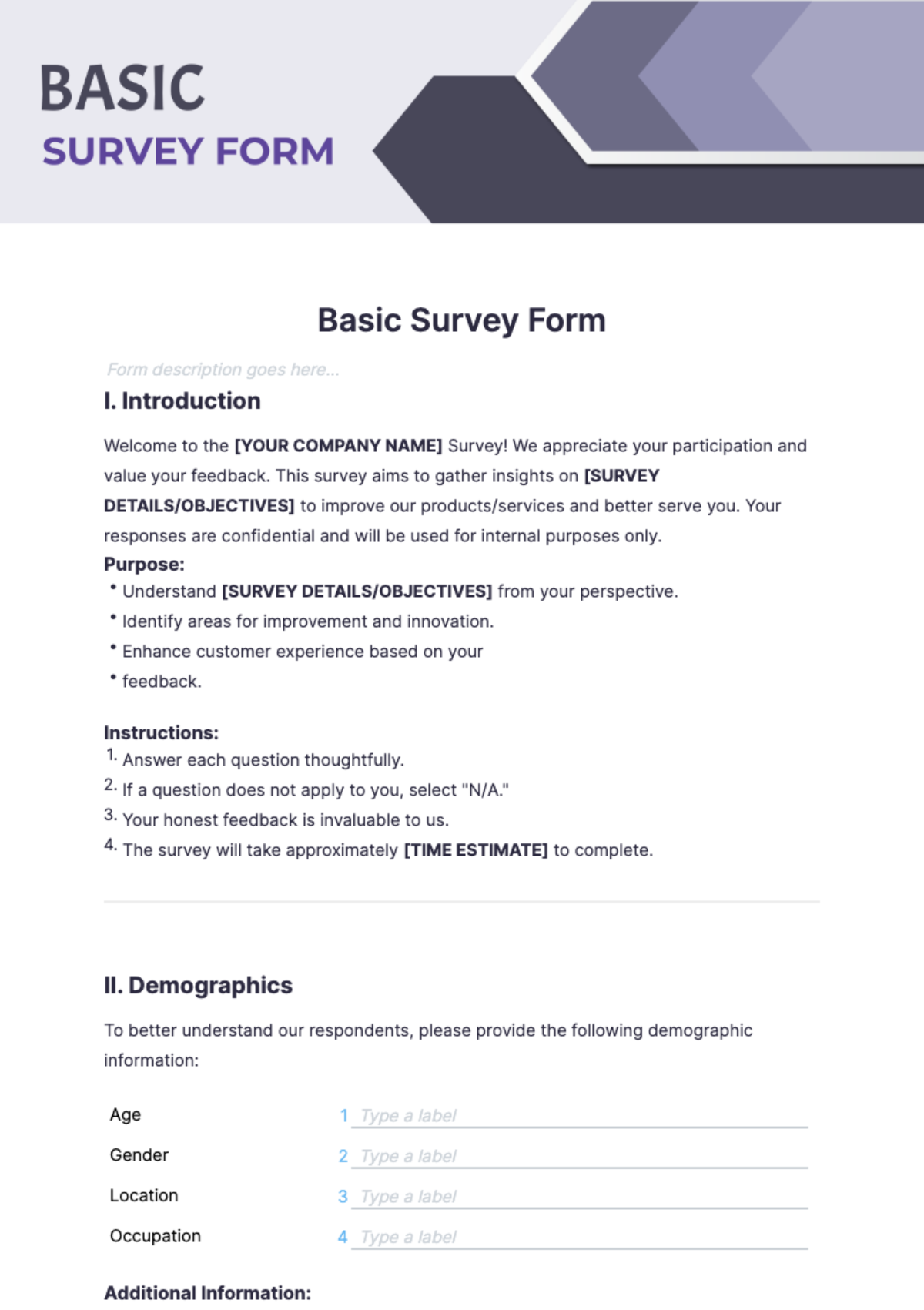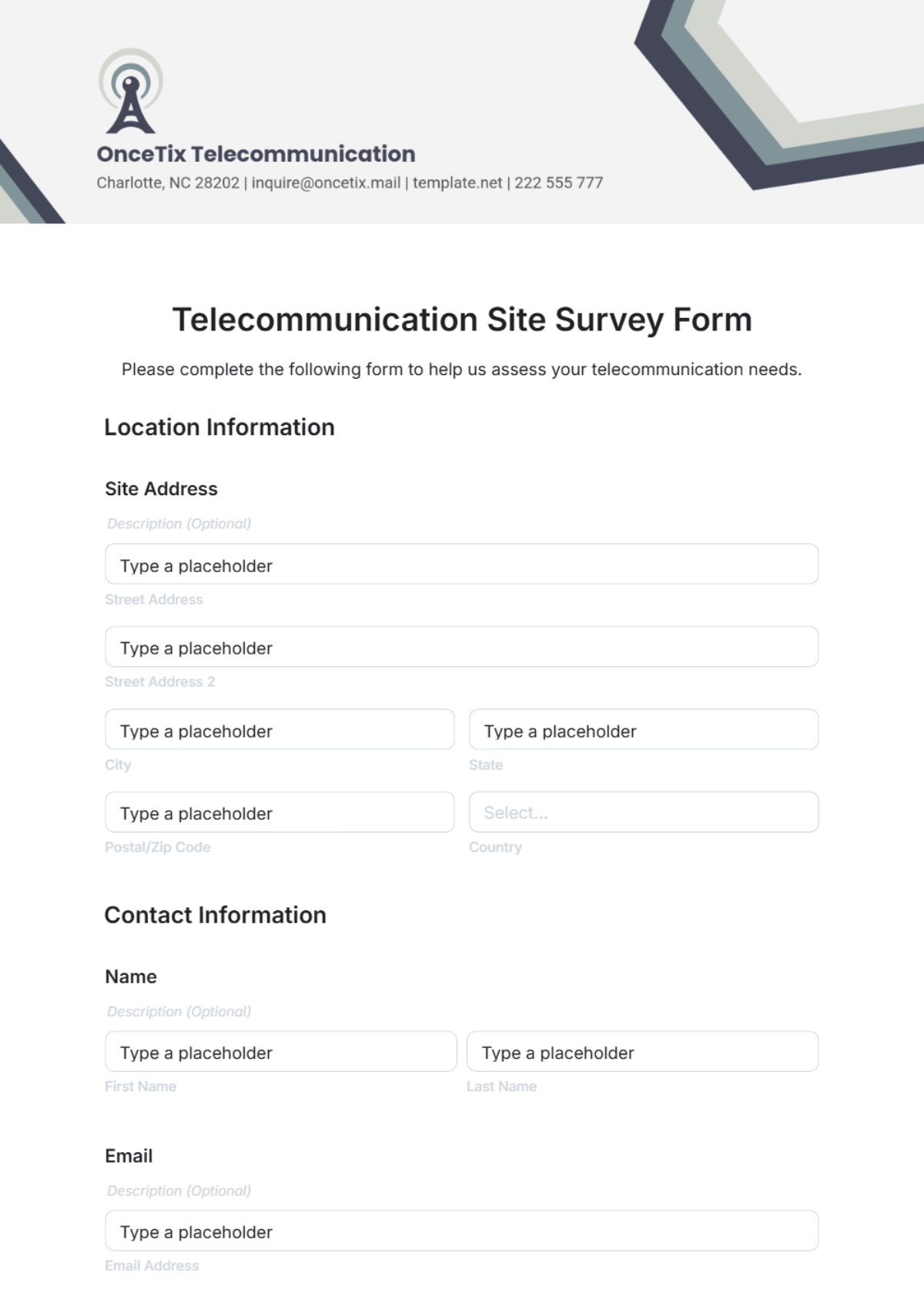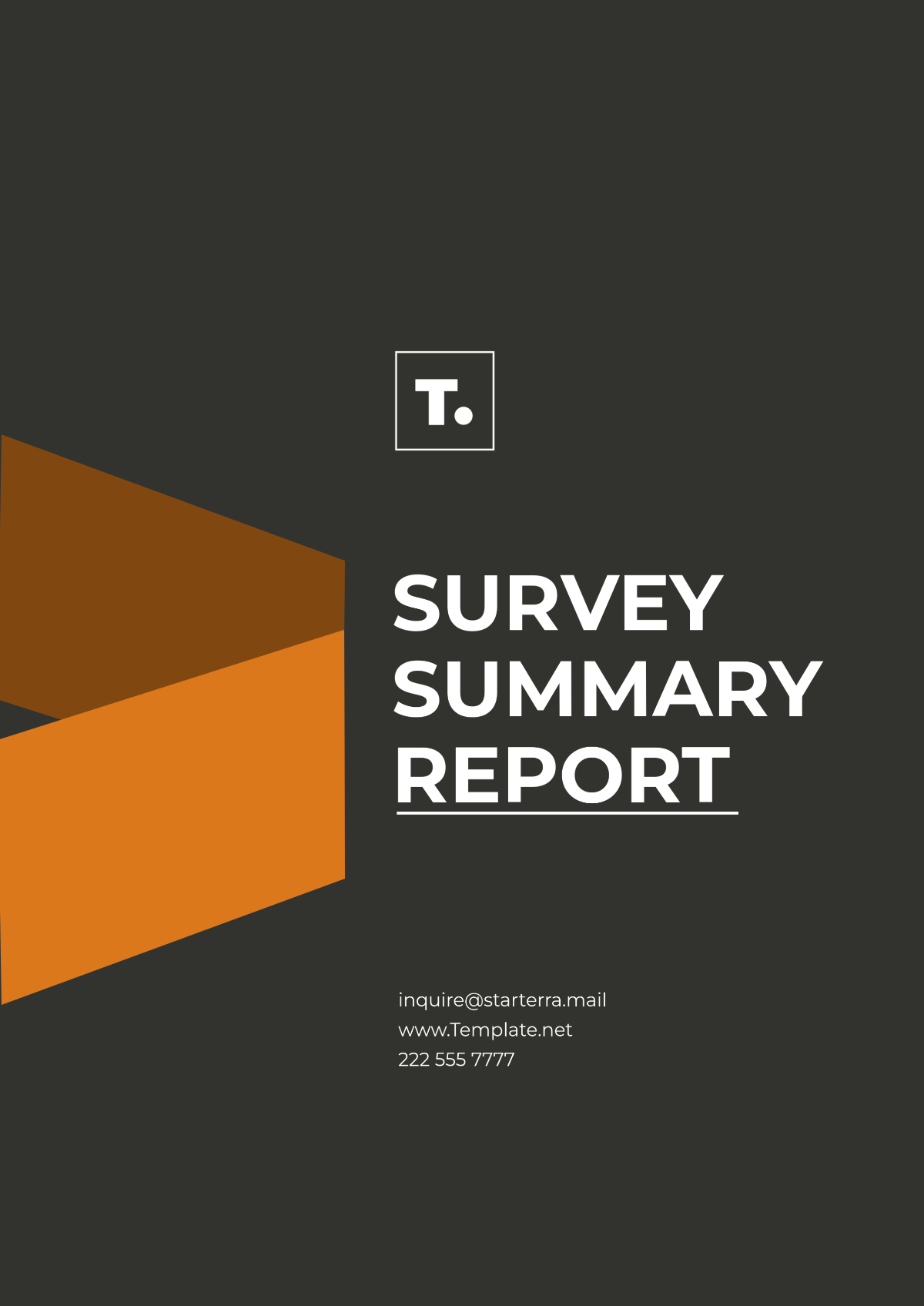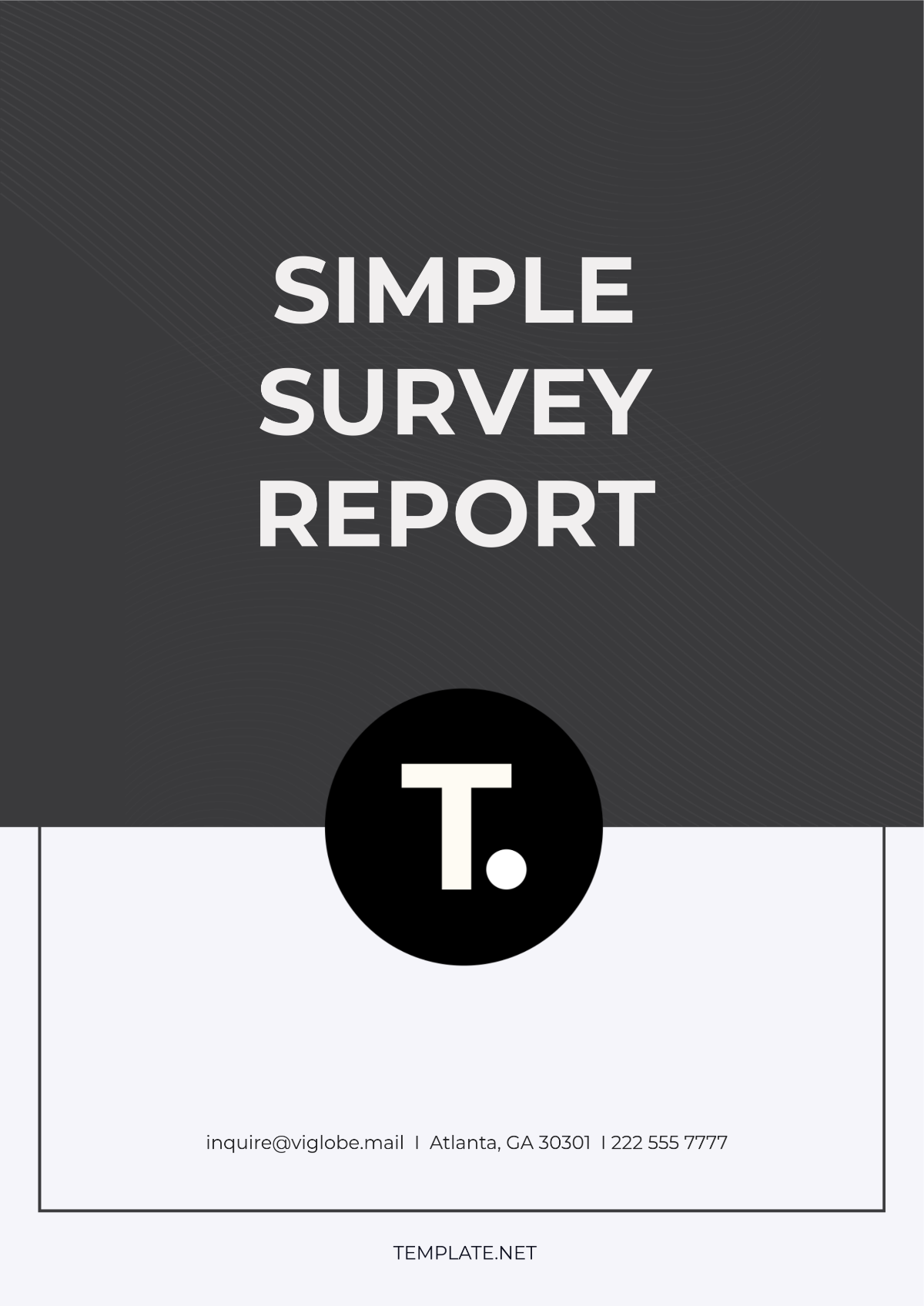Socioeconomic Status Survey Research
Prepared by: [YOUR NAME]
Date: [DATE]
I. Introduction
Socioeconomic Status (SES) Survey Research is a critical method used to assess and analyze the social and economic position of individuals or groups. SES is typically measured through indicators such as income, education, occupation, and living conditions. This research aims to understand how socioeconomic factors impact various aspects of life, identify disparities, and inform policy-making or social programs.
II. Objectives
Assess the current socioeconomic status of individuals or groups.
Analyze the relationship between SES and various life outcomes.
Identify existing disparities and inequalities.
Provide data to guide policy-making and social programs.
III. Methodology
A. Survey Design
Develop a comprehensive questionnaire covering income, education, occupation, and living conditions.
Pilot test the survey to ensure clarity and reliability.
Sample Selection: Use stratified random sampling to ensure representation across different socioeconomic strata.
B. Data Collection
Administer the survey through various modes such as online, face-to-face interviews, and telephone.
Ensure confidentiality and anonymity of respondents.
Gather additional qualitative data through focus groups and interviews.
C. Data Analysis
Coding and entering survey responses into a database.
Using statistical software to analyze quantitative data.
Thematic analysis for qualitative data.
Generating reports and visualizing data through charts and graphs.
IV. Key Indicators
Indicator | Description |
|---|---|
Income | Monthly/annual earnings, sources of income. |
Education | Highest level of education attained access to educational resources. |
Occupation | Employment status, job type, and job stability. |
Living Conditions | Type and quality of housing, access to utilities, and amenities. |
V. Findings and Discussions
The survey findings typically reveal a wide range of socioeconomic variations within a population. Key findings often include the correlation between higher educational attainment and increased income, the impact of occupation type on living conditions, and the disparities faced by marginalized groups. These insights can provide valuable input for policymakers, helping them design targeted interventions that address specific socioeconomic challenges.
VI. Implications for Policy and Programs
The data derived from SES surveys can significantly influence social policies and programs. For example, identifying areas with low educational attainment may prompt the implementation of targeted educational programs. Similarly, understanding income disparities can lead to economic initiatives aimed at reducing inequality. By utilizing SES survey data, policymakers and social workers can create more effective and equitable interventions.
VII. Conclusion
Socioeconomic Status Survey Research plays a crucial role in understanding the complex interplay between socioeconomic factors and life outcomes. By assessing income, education, occupation, and living conditions, this research highlights disparities and offers a foundation for informed policymaking. As such, it is an indispensable tool for fostering social equity and enhancing the well-being of populations.
VIII. References
American Psychological Association. (2052). Publication Manual of the American Psychological Association (7th ed.). Washington, D.C.: American Psychological Association.
Centers for Disease Control and Prevention. (2051). Health, United States, 2051. Retrieved from https://www.cdc.gov/nchs/hus/index.htm
Warnecke, R. B., Oh, A., Breen, N., Gehlert, S., Paskett, E., Tucker, K. L., ... & Hiatt, R. A. (2050). Approaching health disparities from a population perspective: the National Institutes of Health Centers for Population Health and Health Disparities. American journal of public health, 98(9), 1608-1615.

